LG B5 is truly a great OLED television that shows you don't need to spend a fortune for very good quality. It offers deep blacks typical of organic panels, excellent color reproduction—especially after calibration—and enjoyable HDR movie watching experiences. All of this makes evening viewings capable of delivering cinematic emotions without reaching for significantly more expensive screens. The fluidity of the picture and the set of features for gamers also deserve recognition. A 120 Hz panel, low input lag, full support for HDMI 2.1, variable refresh rates, and Dolby Vision Gaming mode make the B5 a very versatile screen—for both gaming and watching sports. It is complemented by a user-friendly webOS system with a Magic remote that provides convenient access to content and simplifies operation. However, not everything is perfect. Compared to the B4 model, there is a noticeable slight drop in brightness, especially in very bright rooms. For some users, the lack of DTS audio support may also pose a problem, which could necessitate workarounds when connecting Blu-ray players. Despite this, LG B5 remains one of the most sensible choices for those looking to enter the world of true cinema—without overpaying but also without significant compromises. It’s a screen that doesn't need to prove anything—it simply delights the eye with great picture quality and works as it should.
- Matching (Score)
- Our verdict
- TV appearance
- Where to buy
- Contrast and black detail
- HDR effect quality
- Factory color reproduction
- Color reproduction after calibration
- Smoothness of tonal transitions
- Image scaling and smoothness of tonal transitions
- Blur and motion smoothness
- Console compatibility and gaming features
- Input lag
- Compatibility with PC
- Viewing angles
- TV efficiency during daytime
- Details about the matrix
- TV features
- Apps
- Playing files from USB
- Sound
LG OLED B5 vs Sony BRAVIA 5 (XR5)
Direct compare
Bravia 5 / XR5
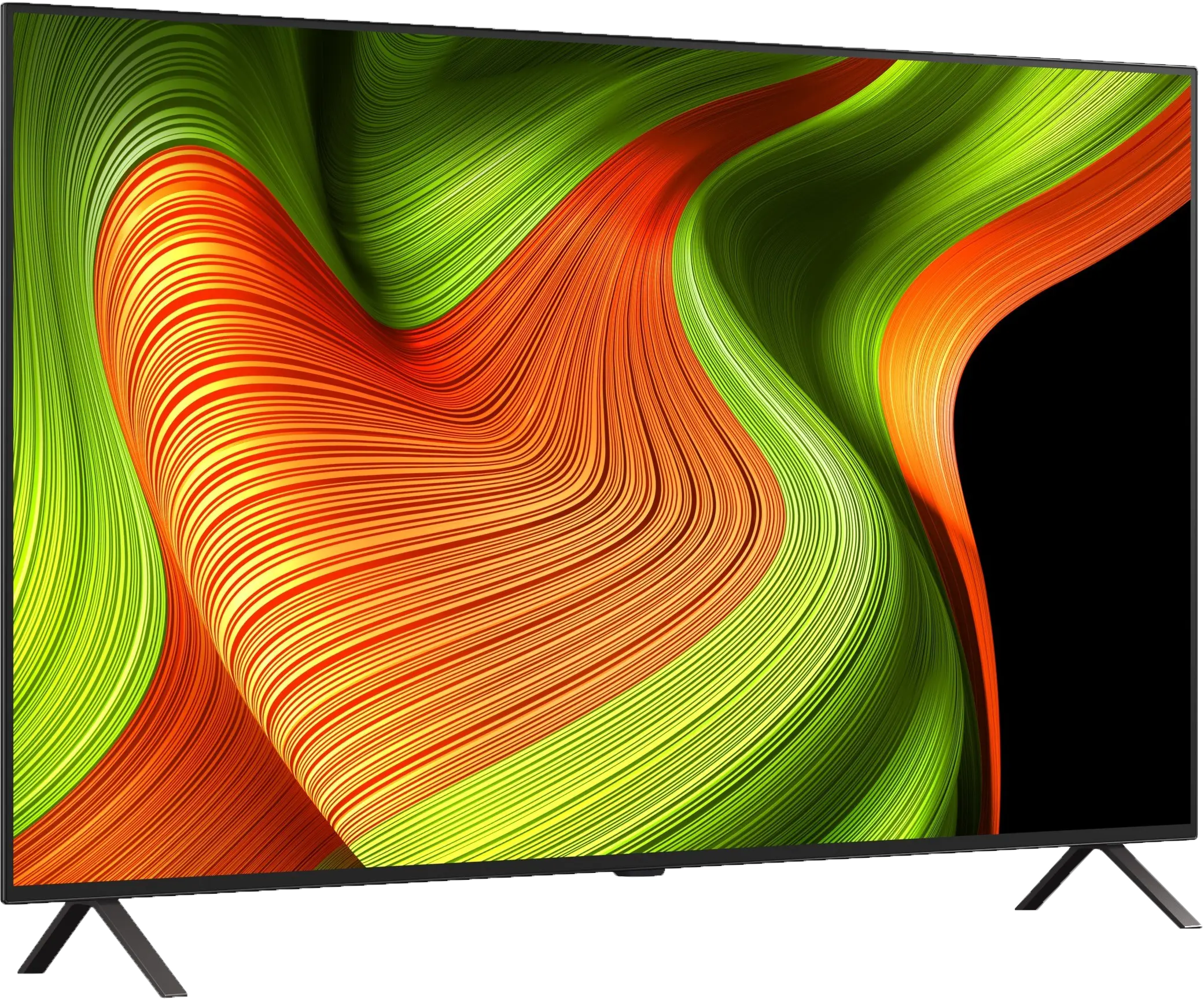

Panel type: WRGB OLED
Resolution: 3840x2160
System: WebOS
Model year: 2025
Complete the survey to find out the result

Panel type: LCD VA
Resolution: 3840x2160
System: Google TV
Model year: 2025
Complete the survey to find out the result

Overall rating
7.8
7.6
Movies and series in UHD quality
7.9
7.0
Classic TV, YouTube
8.6
7.4
Sports broadcasts (TV and apps)
8.5
7.2
Gaming on console
9.2
8.7
TV as a computer monitor
7.6
8.0
Watching in bright light
4.9
6.9
Utility functions
7.9
7.6
Apps
9.1
9.6
Sound quality
7.0
7.0
Complete the survey to find out what fits your preferences
Advantages
Perfect black and contrast
Pleasant picture in HDR format
Outstanding color reproduction capabilities
120Hz OLED panel - excellent motion fluidity
4 HDMI 2.1 ports and full support for gamers (VRR, ALLM, Dolby Vision Gaming, HGiG)
Very low input lag
Correct content scaling and good digital processing
User-friendly webOS system with Magic remote
Built-in USB recording function from built-in DVB-T/T2 tuners
Exemplary upscaling and digital image processing – proprietary Sony XR processor
Very good image quality after calibration
Solid contrast for a Mini-LED screen
Excellent support for HDR content thanks to Dolby Vision and dynamic tone mapping
High motion smoothness at 120Hz
Outstanding input lag (7 ms at 120 Hz)
Very good cooperation with PC – super readability of fonts, G-Sync and FreeSync Premium Pro support.
Google TV at its best, fast and without annoying bugs
2 remotes included
Pleasant, loud sound at 40 W from a 2.2 system.
Disadvantages
Average brightness and poor performance in bright rooms
No support for DTS formats
Different versions of the remote in derivative models – it's hard to predict which version we will get
The algorithms need refinement – despite the higher number of dimming zones, contrast and brightness in difficult scenes sometimes perform worse than in the X90L
Screen mirroring practically did not work with Windows and Android
Only two HDMI 2.1 ports – for a TV of this class, that's definitely too few, especially if someone plans to connect a console, soundbar, and additional devices
Our verdict
Sony Bravia 5 is a continuation of the iconic model X90L, and you can see that the manufacturer wanted to take a step forward. A greater number of dimming zones have been used, which makes the contrast seem better in many scenes, and the blacks deeper than those in its predecessor. The 120 Hz matrix and MotionFlow system allow you to adjust the smoothness of the picture to your personal preferences – from a slight cinematic texture to crystal-smooth motion in sports and games. This is equipment that is not afraid of any content because whether we are watching a match, an action movie, or a concert, the picture retains clarity and character. However, the true strength of the Bravia 5 remains the XR processor. It is what makes older materials look better than they should – upscaling works here like magic, smoothing out noise, improving gradation, and giving consistency even to lower quality content. Thanks to this, in everyday use, the Bravia 5 can surprise because instead of fighting with signal imperfections, it pulls the maximum from it. Additionally, there is excellent color reproduction after calibration and dynamic tone mapping along with Dolby Vision mode, which allows you to enjoy details even in difficult, high-contrast scenes. However, it cannot be hidden that in a few moments, the Bravia 5 disappointed us very much. Despite the larger number of zones, brightness and contrast are not always better than in the X90L – sometimes they even perform worse. This raises a sense of wasted potential because we were counting on a greater qualitative leap. After all, we are talking about a true MINI-LED television here. Nevertheless, the Bravia 5 remains a great television for those who want to enjoy primarily picture quality. If you are looking for a model that can impress with motion smoothness, extracts details from difficult scenes, and works wonders with older materials, the Bravia 5 will easily meet these expectations. It’s a television that sometimes can't quite match the competition in certain respects, but it still holds its ground with what Sony does best – cinematic picture.
TV appearance
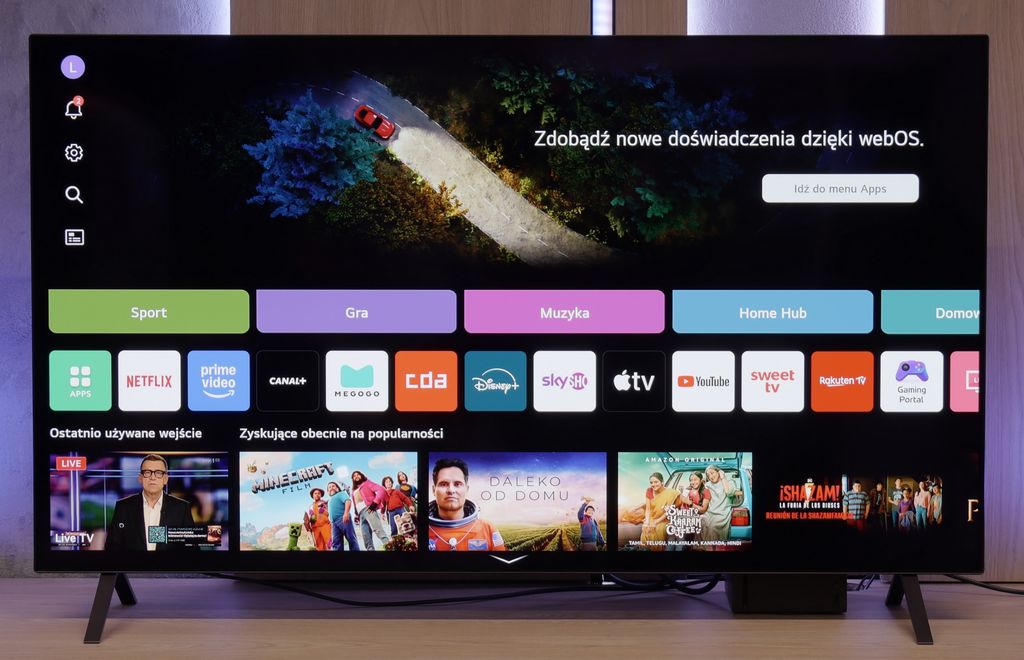
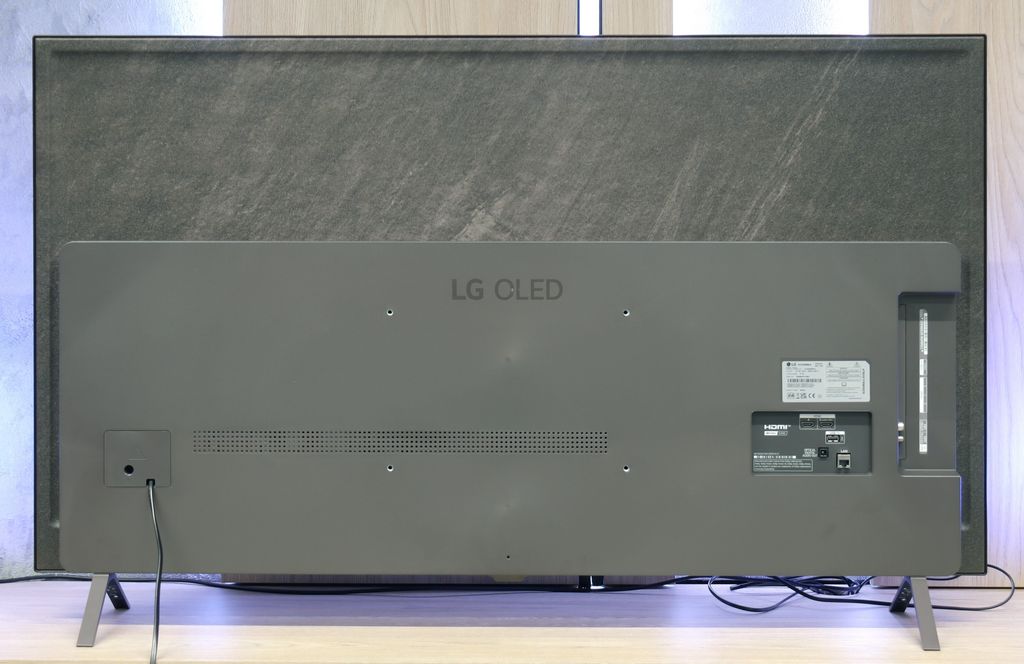
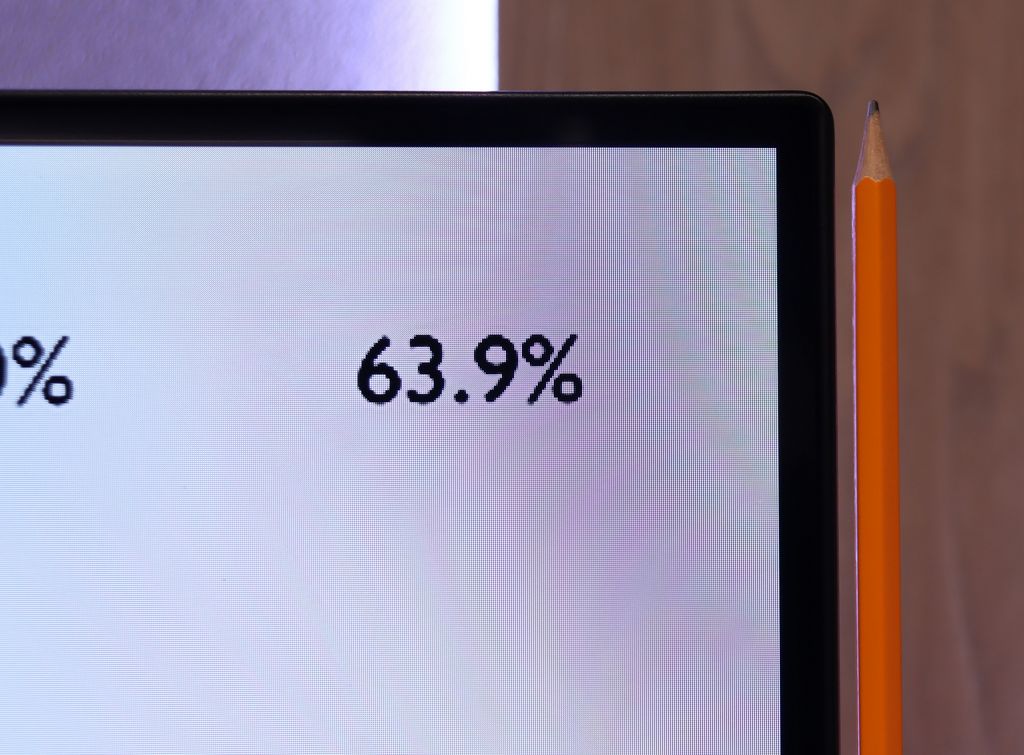




Contrast and black detail
10/10
7.5/10
Local dimming function: Yes, number of zones: 190 (10 x 19)
Contrast:

Result
∞:1

Result
∞:1

Result
∞:1

Result
∞:1

Result
∞:1

Result
104,650:1

Result
23,850:1

Result
21,300:1

Result
9,350:1

Result
6,450:1
Halo effect and black detail visibility:
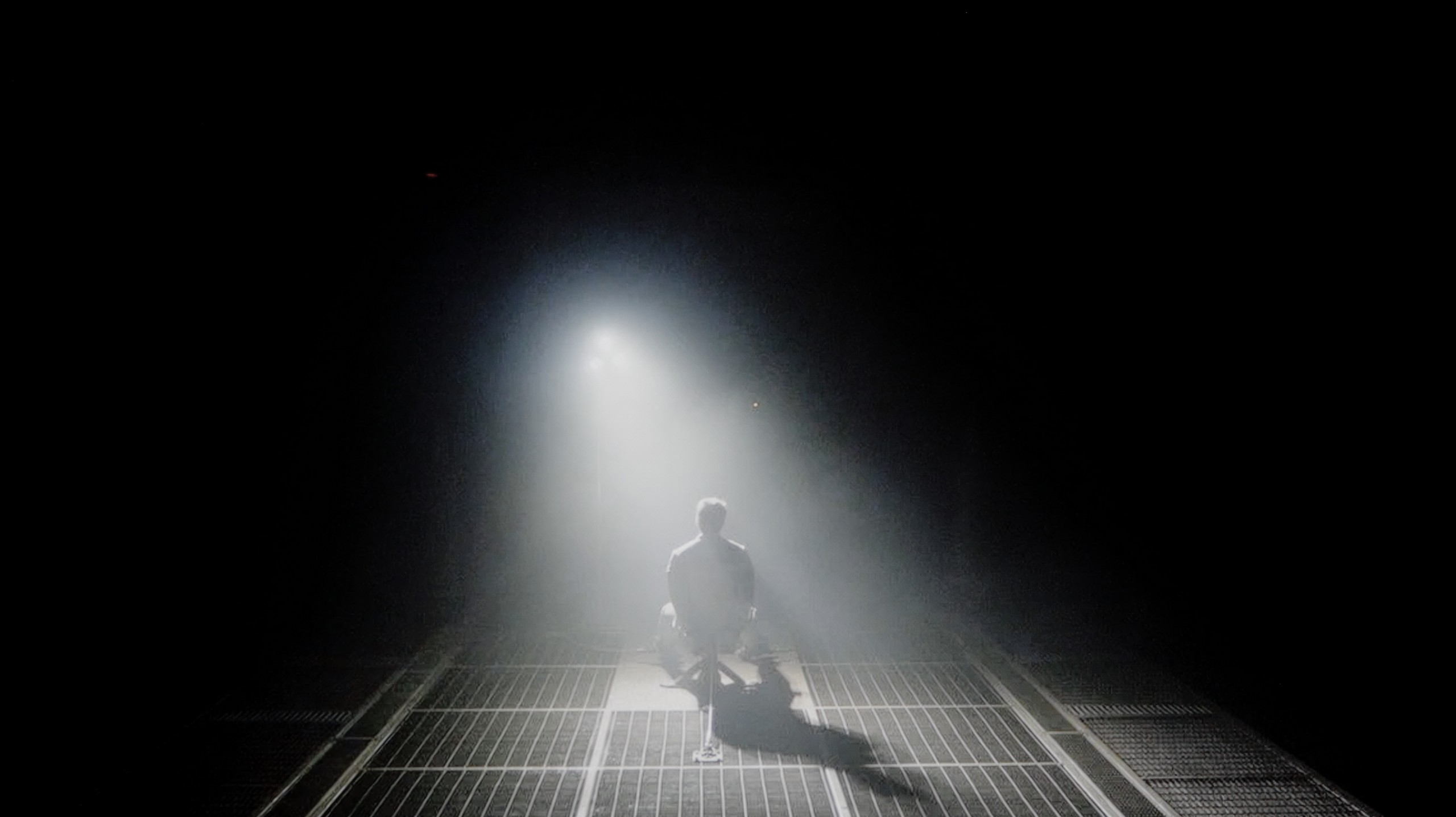

If you're looking for changes compared to last year's LG B4, we'll dispel any doubts right away - you won't find any in this category at all. And that's a good thing. Because how do you improve something that already borders on perfection? The LG B5, as is fitting for an organic WOLED screen, offers pitch-black scenes and contrast that's hard to find even in the most expensive LCD displays. The screen is as clear as a tear – no bleed-through, no smudges, no halo effects that can ruin the atmosphere in cinematic scenes. Everything is in its place here. Details separate from the black with surgical precision, nothing blends together, even in the most demanding sequences from movies like The Revenant or Oblivion. This is the type of TV that can enchant you especially when the room goes completely dark. When the lights go out, the LG B5 takes center stage – and it does so magnificently. In these conditions, OLED shines the brightest, and even top LCD models – despite advanced dimming and hundreds of zones – simply fall behind.
Bravia 5 is the entry-level television in Sony's Mini-LED series for 2025, so naturally, we start with the most important aspect – how it performs with black levels and contrast. After all, the term “Mini-LED” sounds almost like a magic spell today. In theory, it means thousands of tiny LEDs arranged in zones that are supposed to work in harmony, dimming and brightening the image so that the viewer's eye perceives more depth than in a classic LCD. In practice, we counted about 200 backlighting zones in the 65-inch Bravia 5. Is that a lot? Definitely more than in its predecessor, the legendary X90L model, but when looking at Chinese manufacturers who can pack hundreds, sometimes even thousands of zones, it comes off as fairly modest.
One would expect that combining a greater number of zones with refined dimming algorithms—something Sony has trained us to expect over the years—would result in a significant quality jump compared to the X90L. Meanwhile – and this is where a slight disappointment comes in – tests showed that the results are surprisingly similar to last year's model. Don’t take this the wrong way: the contrast for an LCD TV with local dimming is genuinely solid. In most scenes, bright elements are separated from dark ones with almost surgical precision, and the effect can be impressive. But when more demanding shots appear on the screen—those that ruthlessly test the backlighting capabilities—it becomes clear that the hardware has its limitations.
Therefore, one could say that in terms of black levels and contrast, the Bravia 5 does not so much disappoint as it rather fails to meet the hopes that the initial announcements raised. We were counting on at least slightly better performance than its predecessor, and we got “only” good contrast. And that “only” is the key word here—because good contrast in Sony’s version still means a level that most competitors could be proud of.
HDR effect quality
6.2/10
5.4/10
Luminance measurements in HDR:

Result
587 nit

Result
593 nit

Result
628 nit

Result
589 nit

Result
470 nit

Result
637 nit

Result
320 nit

Result
550 nit

Result
251 nit

Result
731 nit
Scene from the movie “Pan” (about 2800 nits)


Scene from the movie “Billy Lynn” (about 1100 nits)


Static HDR10


Dynamic: Dolby Vision
Dynamic: Dolby Vision


HDR luminance chart:
Sony BRAVIA 5 (XR5)
HDR luminance
LG OLED B5
HDR luminance
Luminance of RGB colors
LG B5 is a moderately bright OLED TV. Regardless of the scene, it can generate around 500 nits of peak brightness. And interestingly, it does this even in full-screen shots flooded with white, where most OLEDs usually fall short. So, is this screen suitable for HDR movies? Yes – absolutely, because such brightness really allows you to feel the magic of HDR effects. However, it's worth noting that compared to last year's model B4, the new B5 is darker – by about 100 nits. It may seem like a small difference, but at such average peak values, it makes quite a significant difference. Fortunately, the TV makes up for it with another advantage – excellent coverage of the DCI-P3 and BT.2020 color gamut. As a result, HDR movies look really colorful, vibrant, and impressive even in more demanding scenes.
Looking at similar results in terms of black levels and contrast, we expected the same stable performance as last year's model when it comes to HDR content. Unfortunately – and this must be said plainly – there has been a regression here that is hard to overlook. The paradox is that the peak brightness of the Bravia 5 can be impressive: in our synthetic tests, the television reached around 1000 nits in HDR. Sounds great, right? The problem is that this power does not always translate effectively to all movie scenes. When small, pinpoint elements appear on the screen, something that was usually refined with surgical precision in the case of Sony clearly falters this time. The algorithms try to maintain deep blacks around small objects, but the side effect is that details can be dimmed to the point of becoming barely visible. A case in point is the movie Sicario 2 – there, in some scenes, small light sources practically vanished as if someone had covered them with dark film.
Of course, not everything looks so dramatic. In simpler, brighter scenes, where the image is filled with a greater amount of light, the Bravia 5 shows that it can shine: literally and figuratively. At that point, the television achieves values in the range of 600–800 nits, which we observed in both synthetic tests and during movie screenings. The impression is truly positive; the brightness adds dynamism, and the colors appear vivid and fresh. However, there remains a certain dissonance. We feel a slight confusion because it is evident that something has gone the wrong way. Technological advancement – more zones, greater backlight power – has not been supported by the refined image management we usually associate with Sony. Fortunately, there are elements that have not been worsened and are instead at a very high level. We are talking about color reproduction. Thanks to the use of the PFS filter, the color gamut coverage is excellent – about 97% of DCI-P3 and 75% of BT.2020. These values allow for a truly wide color reproduction, giving films a natural and cinematic character.
Factory color reproduction
8.2/10
5.5/10

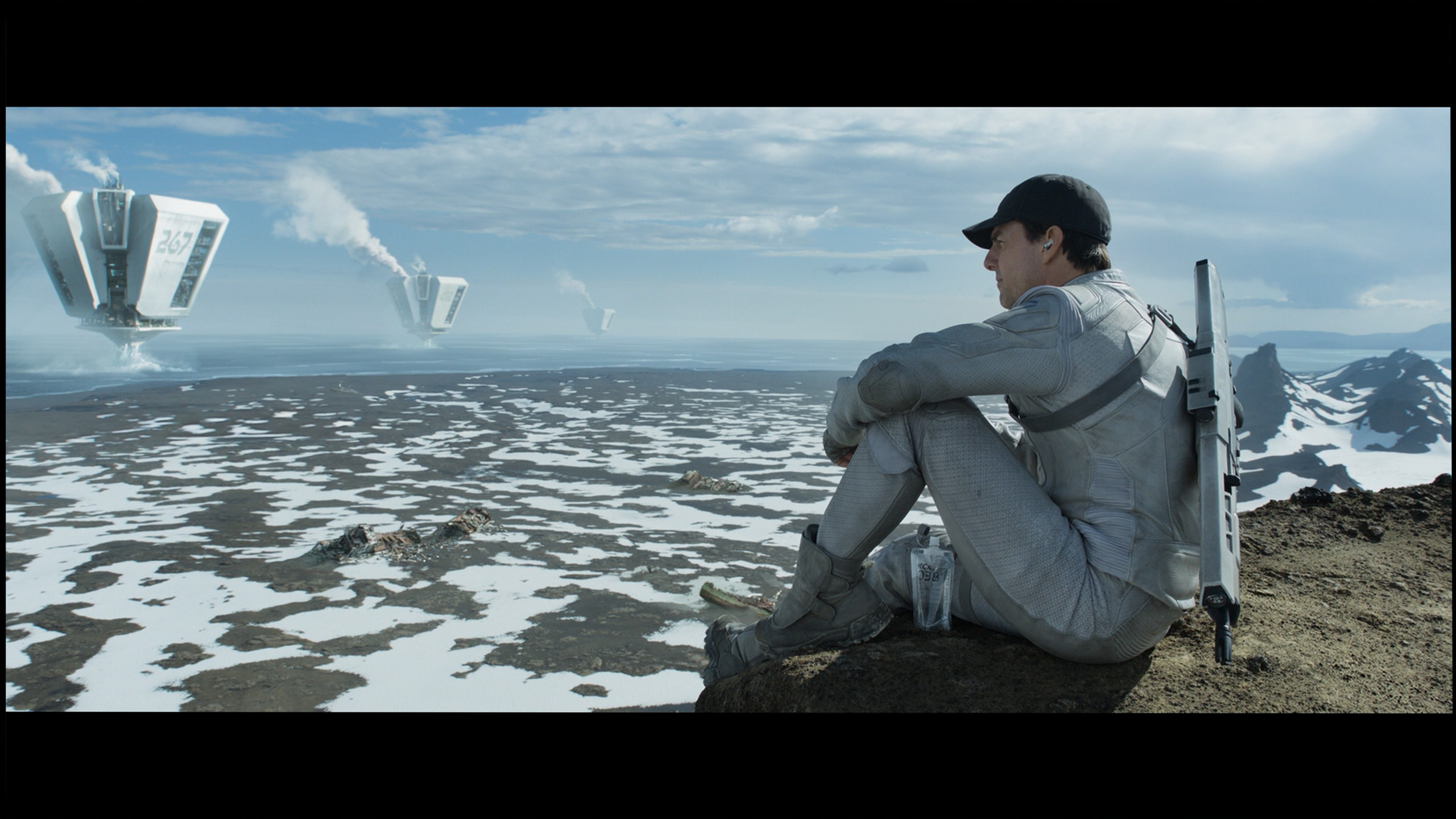
Factory Mode
After calibration


Factory Mode
After calibration
We tested the B5 in Filmmaker mode and... we would like to see more TVs like this straight out of the box. Really. The white balance is set very well – there is practically nothing to complain about. Well, if one were to be very picky, one might notice a slight deficiency in blue, which makes the overall picture have a slightly yellowish tint. But that’s just our editorial nitpicking. Most of you probably won't even notice it. We also have some minor reservations about brightness management in HDR format. The EOTF curve – that is, the one responsible for how the TV distributes brightness in a scene – is slightly below the ideal. In practice, it can happen that the darkest parts of the image may be displayed too dark and simply... disappear. But these are details that only come out in measurements. Overall: we are impressed. But we also know that LG TVs respond very well to professional calibration. They can produce nearly reference-quality images, so – even though it's already very good out of the box – we allowed ourselves to take an extra step and fine-tune everything to perfection.
Sony Bravia 5 was of course tested in the best possible mode, which is the Cinema mode. Right out of the box, it offers the most natural colors, definitely better than anything provided by the "eco" or "dynamic" modes, which are more suitable for a store display than a living room. However, the Cinema mode itself does not guarantee that we can always expect cinematic image quality. In SDR content, we had practically no major complaints – the slightly warm white balance made the scenes take on a somewhat golden tone, but it was nothing that was glaringly obvious. However, the problem arose with HDR materials. Here, the color reproduction simply looked poor. The white balance was severely off – with an excess of blue and a noticeable lack of red. At times, it even resembled the store "super vivid image" mode, where everything is overexposed and artificially boosted.
This state of affairs made managing brightness seem too aggressive as well. The EOTF graph clearly showed that the television had issues with overexposing many scenes right out of the box. And while we know what Sony televisions are usually capable of, it was hard to remain indifferent here – which is why we quickly decided to go for calibration.
Color reproduction after calibration
9.1/10
8.9/10
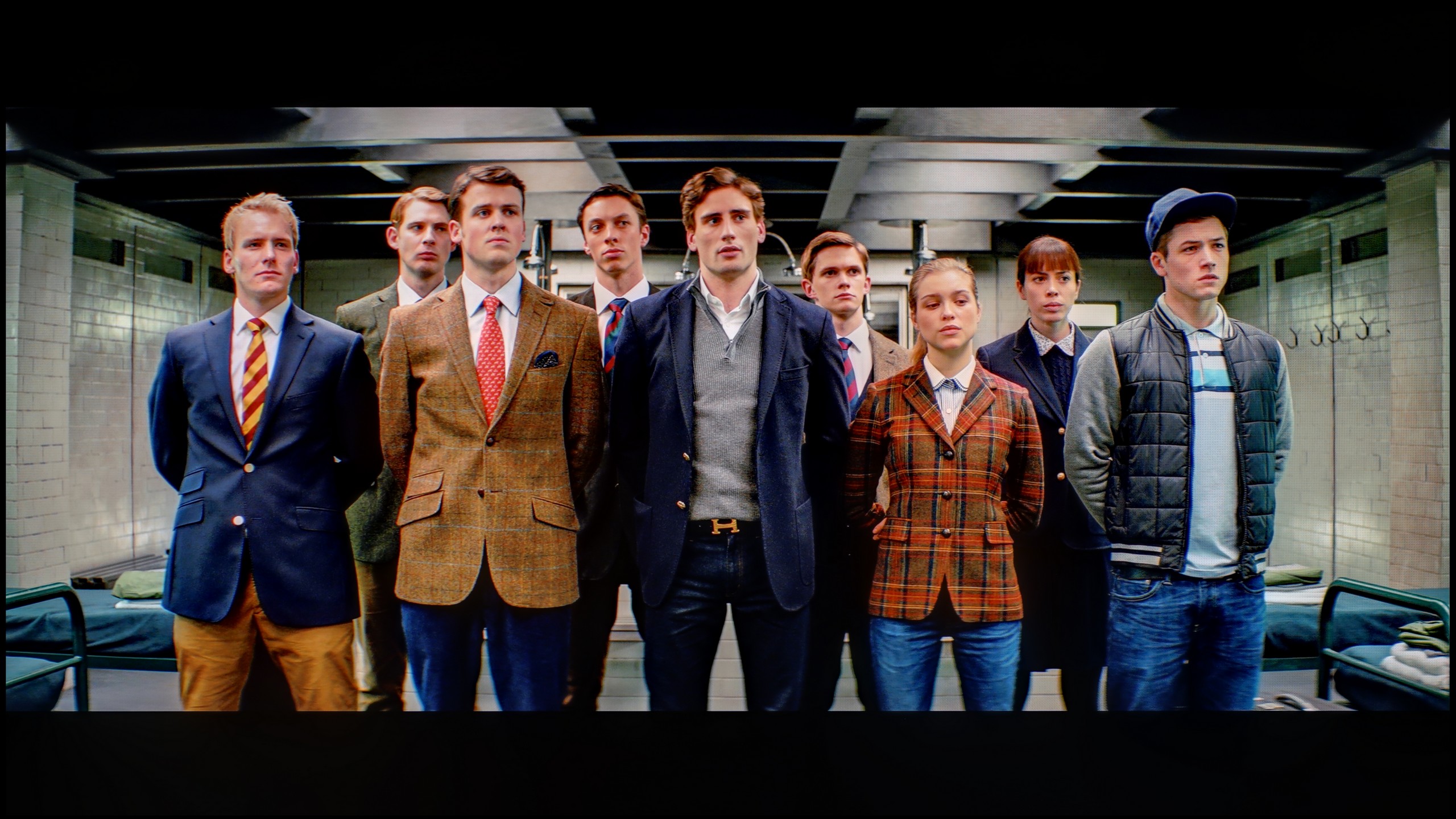

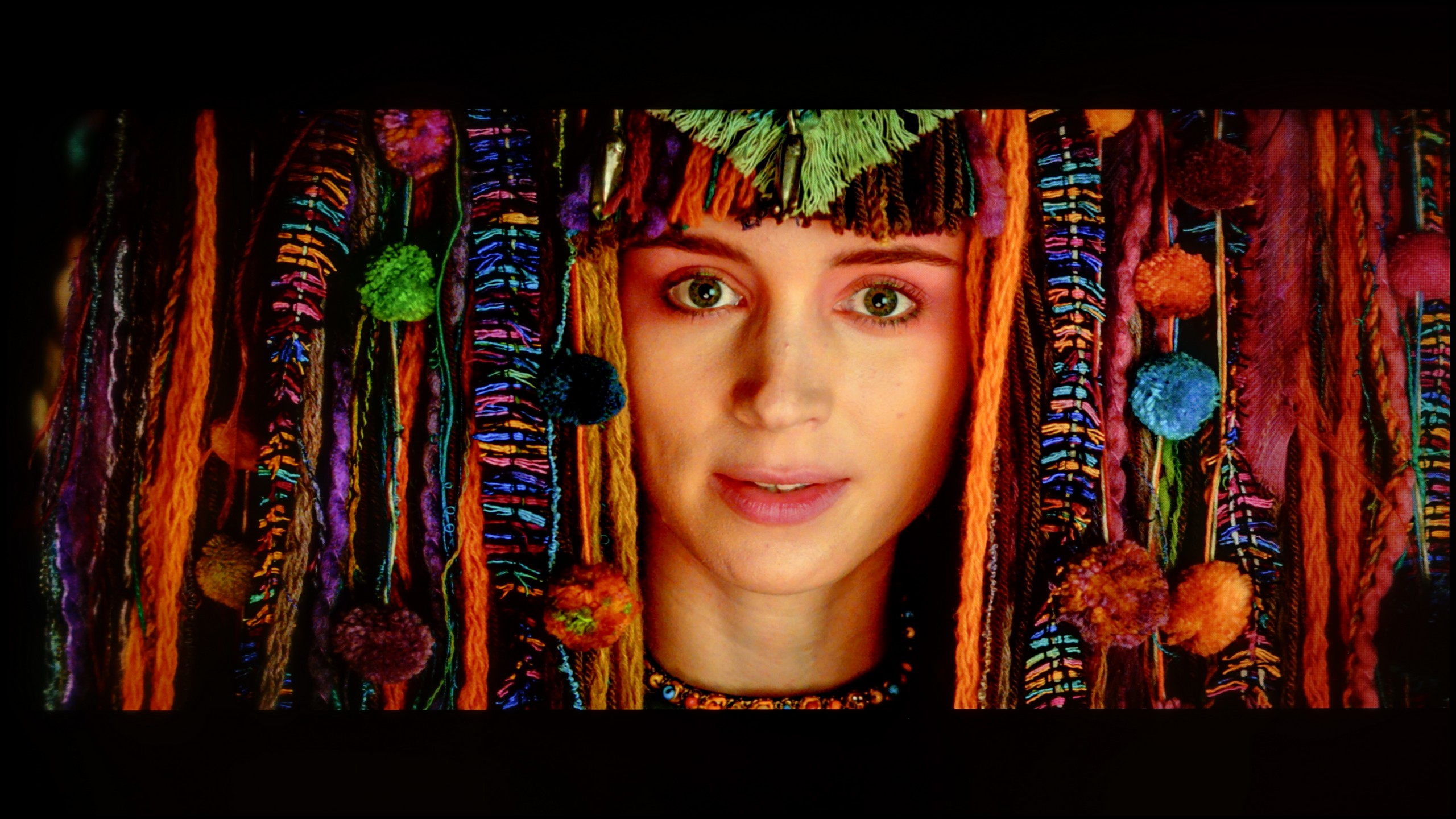

We must admit that we didn't have much work with the LG B5. It's one of those TVs that looks good right from the start, but after calibration… it can really impress. The white balance was brought to almost perfect levels – to a degree of error invisible to the human eye, unless you are a professional colorist with a magnifying glass at the screen. We also managed to control the TV's slight tendency to dim the darkest details, especially in HDR scenes. After proper tuning, everything looks coherent: the black is still deep, but not information-hungry. The highlights retain a natural sparkle, and the colors align with the director's vision. It's really one of those models that show you don't have to spend a fortune to get almost reference-quality image. If you can decide on professional calibration – it's definitely worth it for the B5.
After calibration, the situation changed drastically. We managed to tune the white balance so that entire scenes began to look more natural, and the image gained coherence and elegance. In HDR, we finally got rid of that unwanted blooming effect that had previously ruined some shots. Suddenly, it turned out that the Bravia 5 can extract much more from films than the first contact "straight out of the box" suggested. Yes, if we take a look at the graphs and compare them with the reference patterns, we can see that the start of the EOTF curve slightly deviates from the reference line. However, this is not so much a calibration error as a natural limitation of Mini-LED technology, which cannot be bypassed. Sony, instead of clinging to perfect black, prefers to prioritize the visibility of details – and in practice, it’s hard to disagree with that. We prefer to see the texture of the material on the screen rather than a pitch-black blob that obliterates all nuances.
The calibration itself made a significant difference. After about an hour spent on adjustments, we felt that the picture resembled that from the best cinema halls – of course on a home scale, but with the same sense of quality and refinement. And in such moments, we remember why we love Sony televisions: because once we fine-tune them, they can reward us with an image that captivates for long hours.
Smoothness of tonal transitions
7.2/10
8.8/10




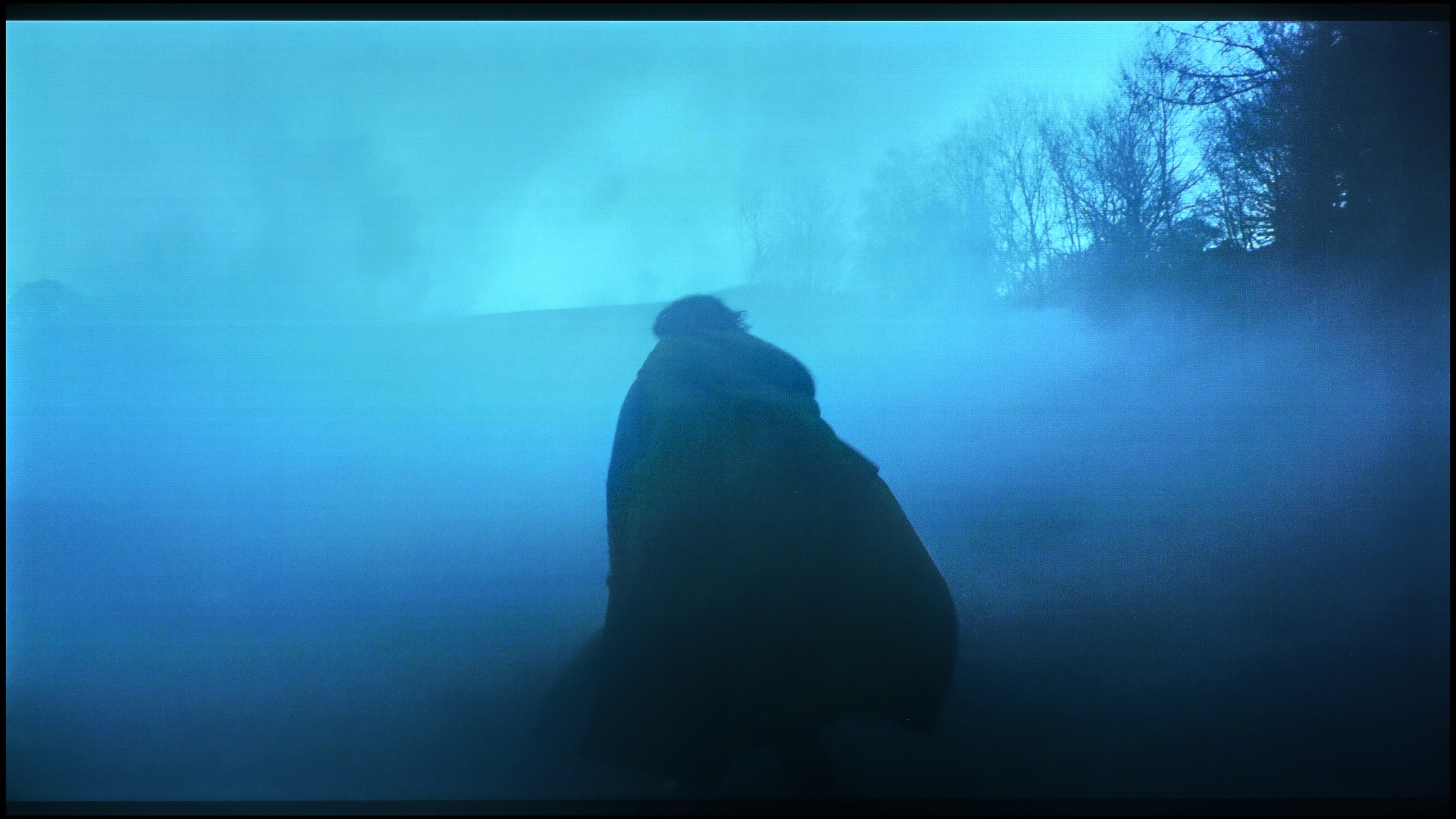

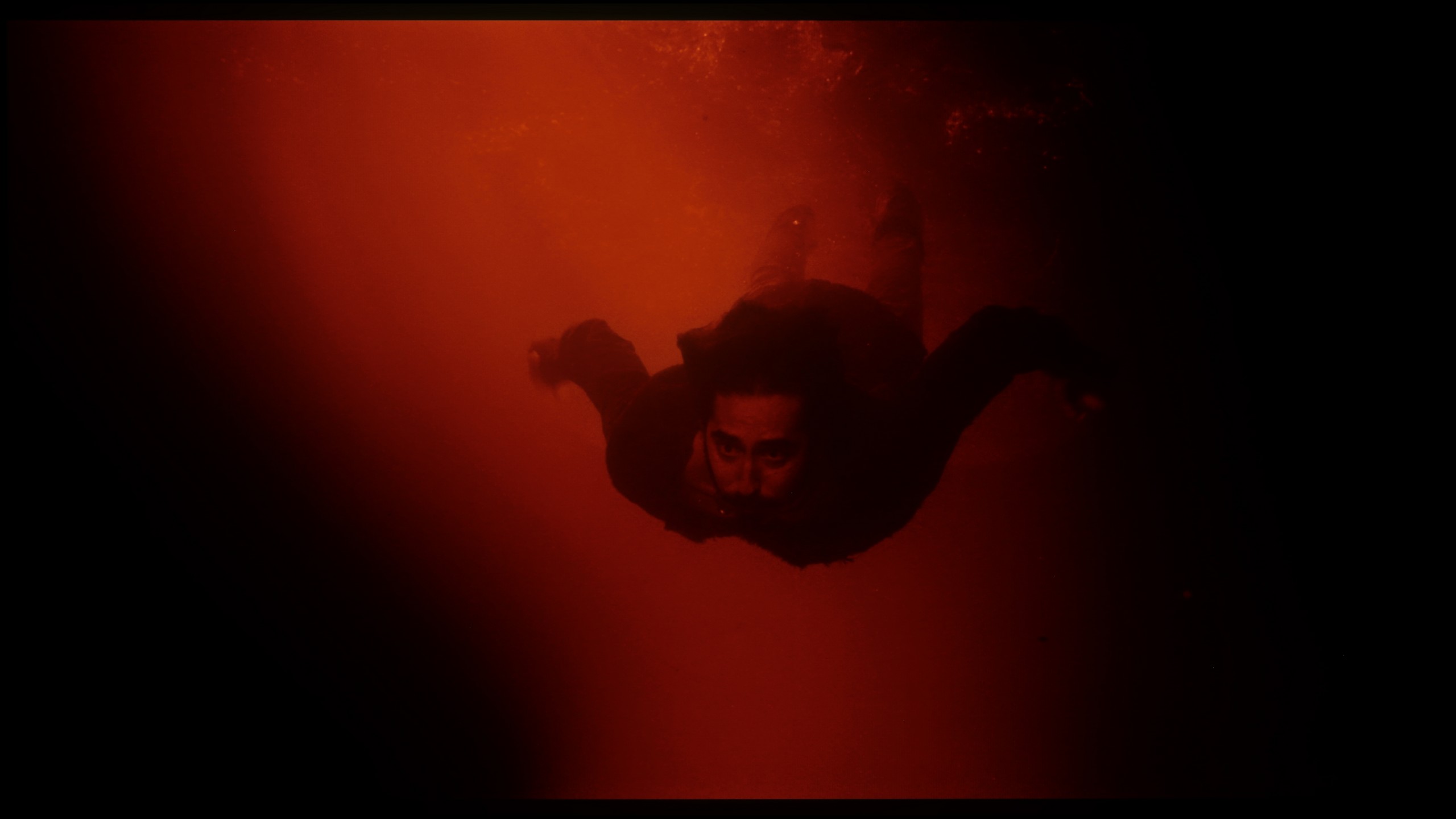





LG B5 handles color gradation quite decently. In bright scenes, where we have smooth transitions between skin tones, the sky, or backgrounds, the television merges colors seamlessly and without issues. At first glance – it's good, especially considering the price. But it's enough to reach for more challenging material – those darker, more demanding scenes with a lot of subtle transitions – and the problems begin. Minor artifacts, false contours, slight bumps appear. It's still not a level that stands out or distracts from the plot, but the difference compared to more expensive WOLED models – and even more so QD-OLED screens – becomes noticeable.
Gradient transitions are nothing more than the way a television handles the blending of colors and shades – from light to dark, from saturated to pastel. If the device has issues with this, characteristic "stepping" is visible instead of smooth transitions, and the image loses its naturalness. It is during these moments, when instead of getting immersed in a movie, we start glancing at the screen thinking: "hey, something is off." Fortunately, in the Sony Bravia 5, such situations are virtually non-existent. This is a huge advantage, as nothing detracts our attention from the plot or the excitement of sports. The television performs best in bright scenes, where color transitions are smooth, and color blends are almost invisible. The effect is so good that sometimes one might get the impression that the image was painted in one brushstroke. Of course, there were some minor hiccups. In darker scenes, certain imperfections can be noticed – slight stepping or minimal gradation issues. For that, the Bravia 5 received a few negative points from us. Nevertheless, in the vast majority of situations, the television performs excellently and emerges from this test with flying colors.
Image scaling and smoothness of tonal transitions
7.5/10
8.5/10
Smooth transition function
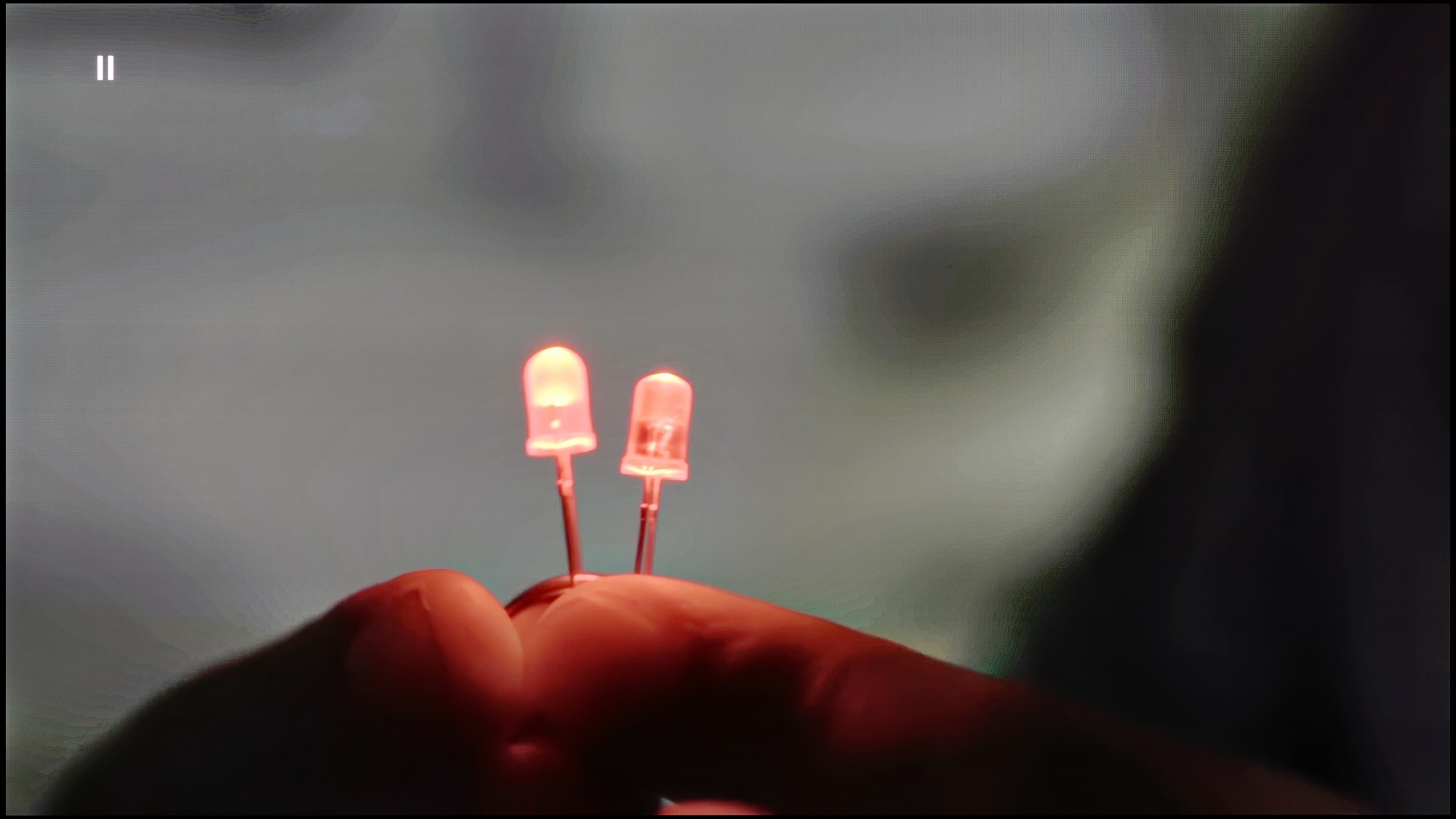

Image without overscan on the SD signal


LG B5 really surprised us positively in terms of dealing with lower quality content. Thanks to the enhancement and smoothing features, HD or even SD materials get a new life. Importantly – when this option is turned on at the "low" or "medium" level, we don't get the impression that the image is artificially softened or overly smoothed. Details remain intact, film grain does not disappear, and object edges do not look washed out 😉. It's a really useful tool – especially if you watch terrestrial TV, archival materials, or content from YouTube in lower resolutions. The image is clean, cohesive, and simply pleasant to the eye.
Upscaling as such works very well – even content of poor quality is rendered with surprising fidelity. Unfortunately, there was a small hiccup. While the menu offers an option to turn off overscan, the television still struggles to display very low-resolution images correctly. It’s a minor detail, but when watching older materials – it can be annoying.
Bravia 5 carries within it the genes of Sony, which remain intact – and thank goodness for that, because we are talking about absolutely remarkable digital image processing. There is a reason that for years it has been believed that it is this brand of television that sets the standard for how a screen should handle lower-quality materials. If someone is still watching classic television, old movies, or YouTube in lower resolution, here they get equipment that can turn such content into a surprisingly pleasant experience. On board, we find several tools worth activating. The first of these is "digital noise reduction." Set to a medium level, it works almost flawlessly – smoothing tonal transitions that usually pose the biggest challenge with low-quality materials, while not introducing any artificial artifacts. Importantly, it also does not remove the filmic character, or the natural grain that is an intentional element in many productions. Another advantage of Bravia 5 is the upscaling capabilities of the XR processor. The image presented after scaling is soft yet sharp and clear. The contours of characters are well-defined, and backgrounds retain their structure without excessive artificial sharpening. It’s hard to find a better television for watching lower-quality content – Bravia 5 only confirms why Sony is regarded as the benchmark in this field.
Blur and motion smoothness
8.5/10
7.7/10
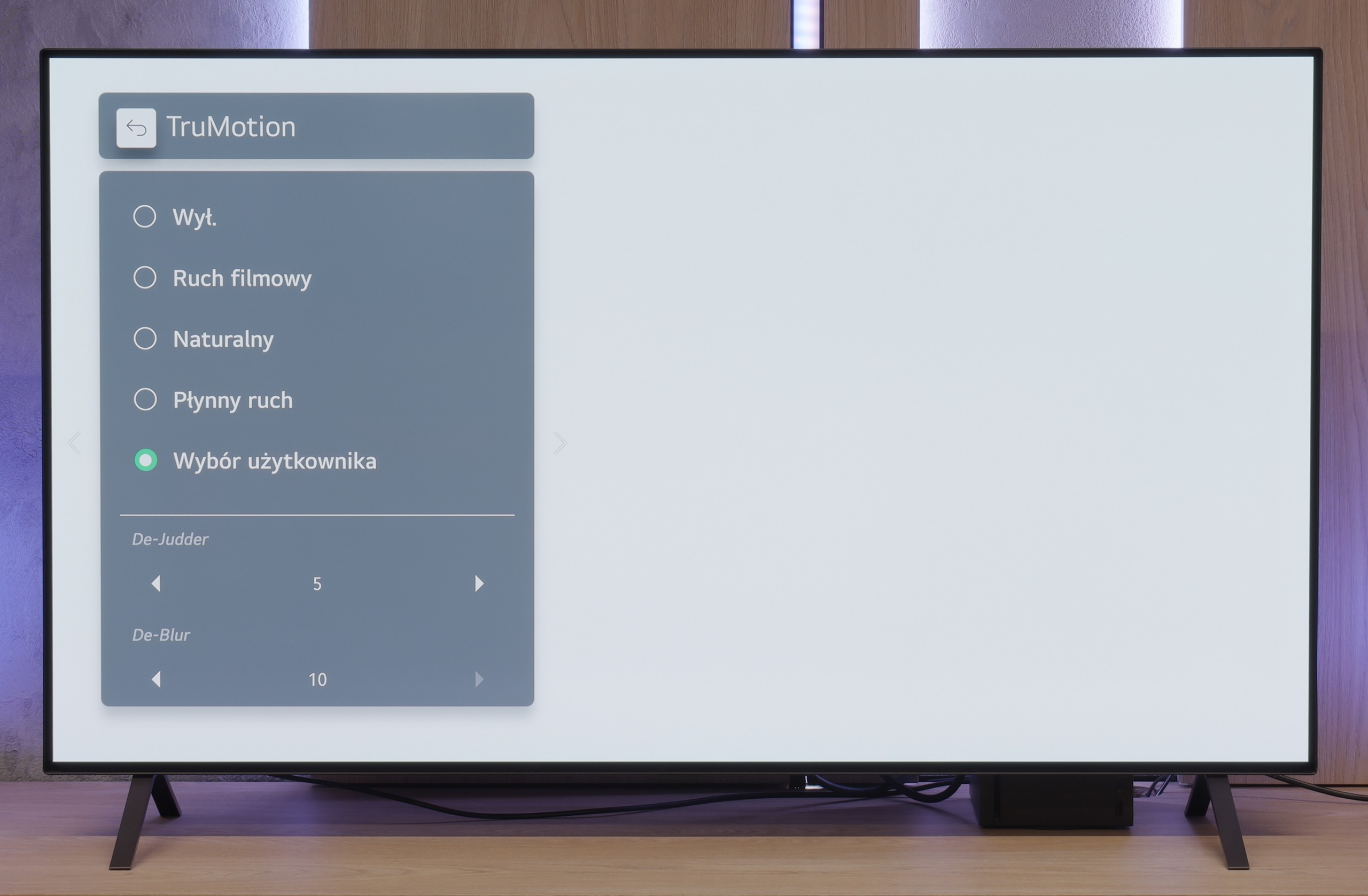

Blur (native resolution, maximum refresh rate):

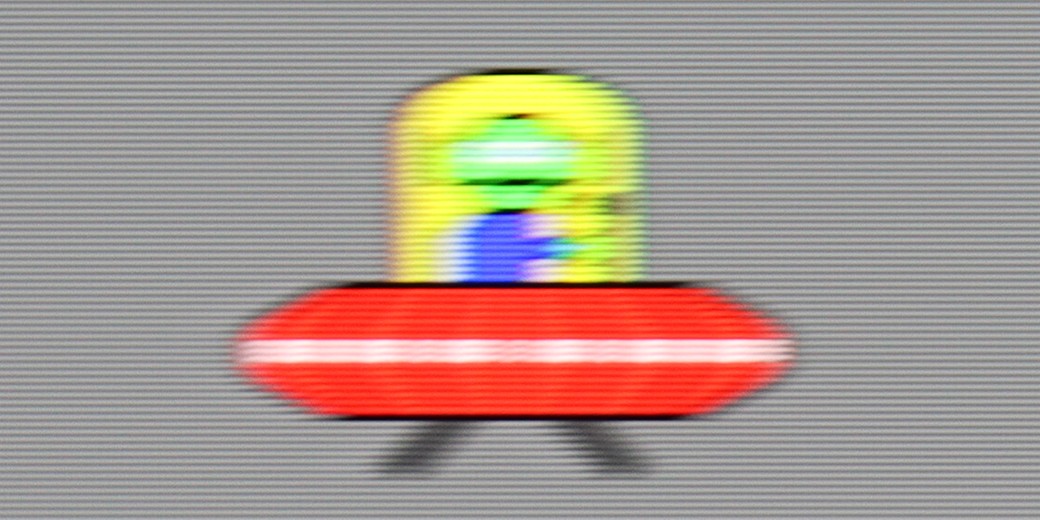




Blur (BFI function enabled):



Smużenie ():
Smużenie (MotionFlow ON):



The LG B5 is a television with a 120 Hz OLED panel. It may not sound as impressive as the marketing terms "144 Hz" or "165 Hz" found in gaming monitors, but honestly? The smoothness is still excellent. The picture is sharp, smooth, and simply enjoyable to watch – even when there’s a lot happening on the screen. The organic panel does its job – the pixel response time is nearly instantaneous, which means there’s no blurring or smearing that can ruin dynamic shots. Sports, fast-paced games – everything looks clear and distinct.
We also have LG's classic motion smoother, TruMotion. This feature allows you to smooth out films shot at 24 frames per second – in other words, most of what you watch on Netflix or on Blu-ray discs. If you set the “De-Judder” slider to lower values, you'll get an image closer to the cinematic experience – with a slight judder, but without artificiality. Higher settings? Soap opera effect guaranteed. Fortunately, LG gives you the choice, and you can tune everything as you like.
Bravia 5 has a 120 Hz panel, which in itself sounds like an invitation to watch sports, fast matches, or spectacular action movies. However, the real magic begins only when MotionFlow comes into play – Sony's proprietary smoothing technology. Thanks to it, we can adjust the character of the image to our own preferences. The “smoothness” slider allows us to transition from a cinematic vibe with a slight “jitter” of the film frame to an almost theatrical fluidity, where every ball in the game glides across the screen like on a string. The higher the value, the smoother and more fluid it is; the lower – the more cinematic and natural. In the options, we also find an additional setting that Sony has called “clearness.” This is nothing more than the BFI function (which stands for black frame insertion), which aims to improve motion clarity. It sounds great in theory, but in practice, you need to use it with great caution. Why? Because all higher settings cause brightness drops of up to half, and in some cases, there can also be contour doubling. Therefore, if we want to use it, we recommend the lowest possible level – “1” out of the available ten. This way, we gain a little better motion clarity without risking a loss of half the image brightness.
Console compatibility and gaming features
10/10
9.8/10
- ALLM
- VRR
- VRR range40 - 120Hz48 - 120Hz
- Dolby Vision Game Mode
- Correct implementation of HGIG
- 1080p@120Hz
- 1440p@120Hz
- 4K@120Hz
- Game bar
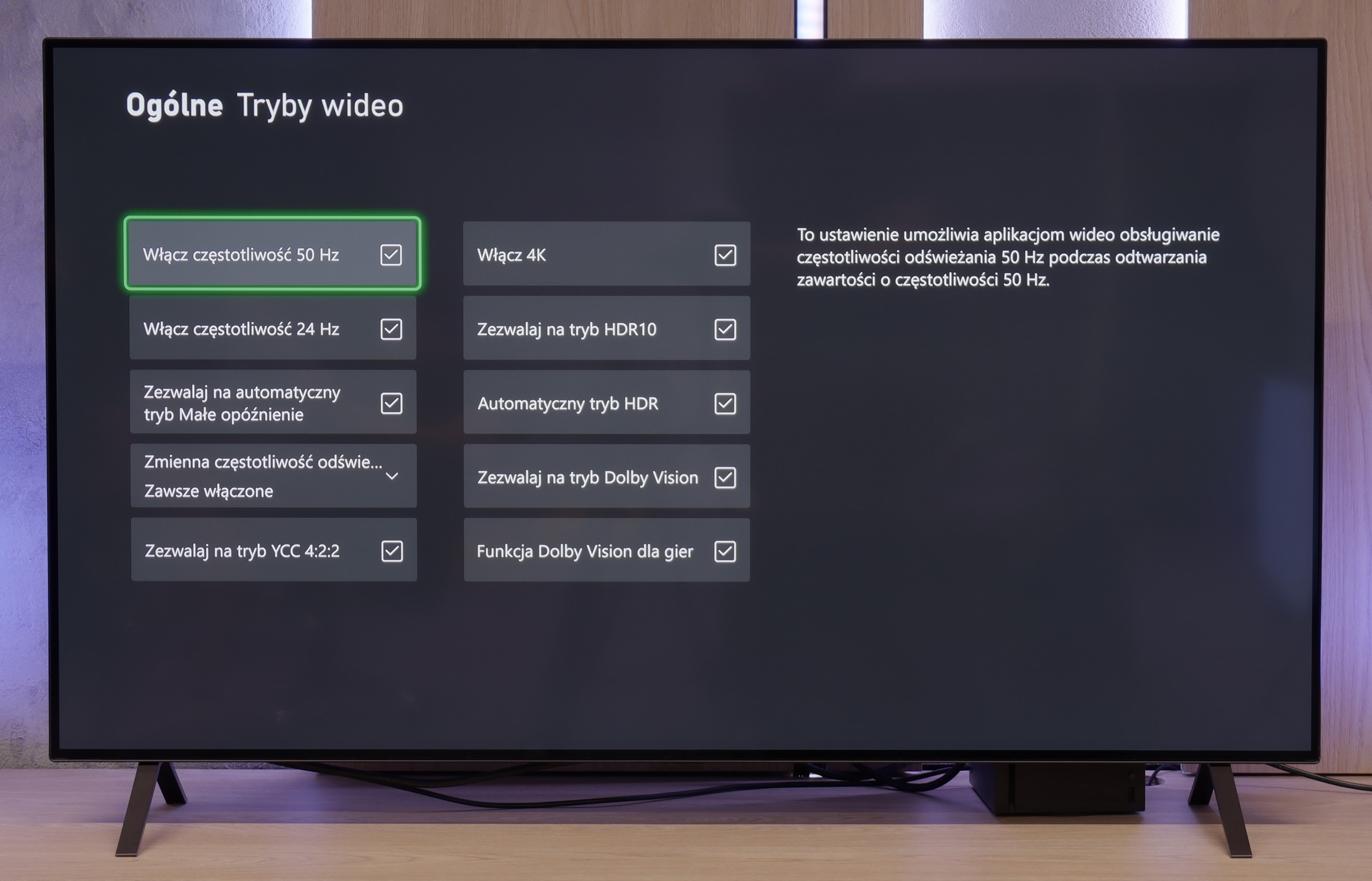

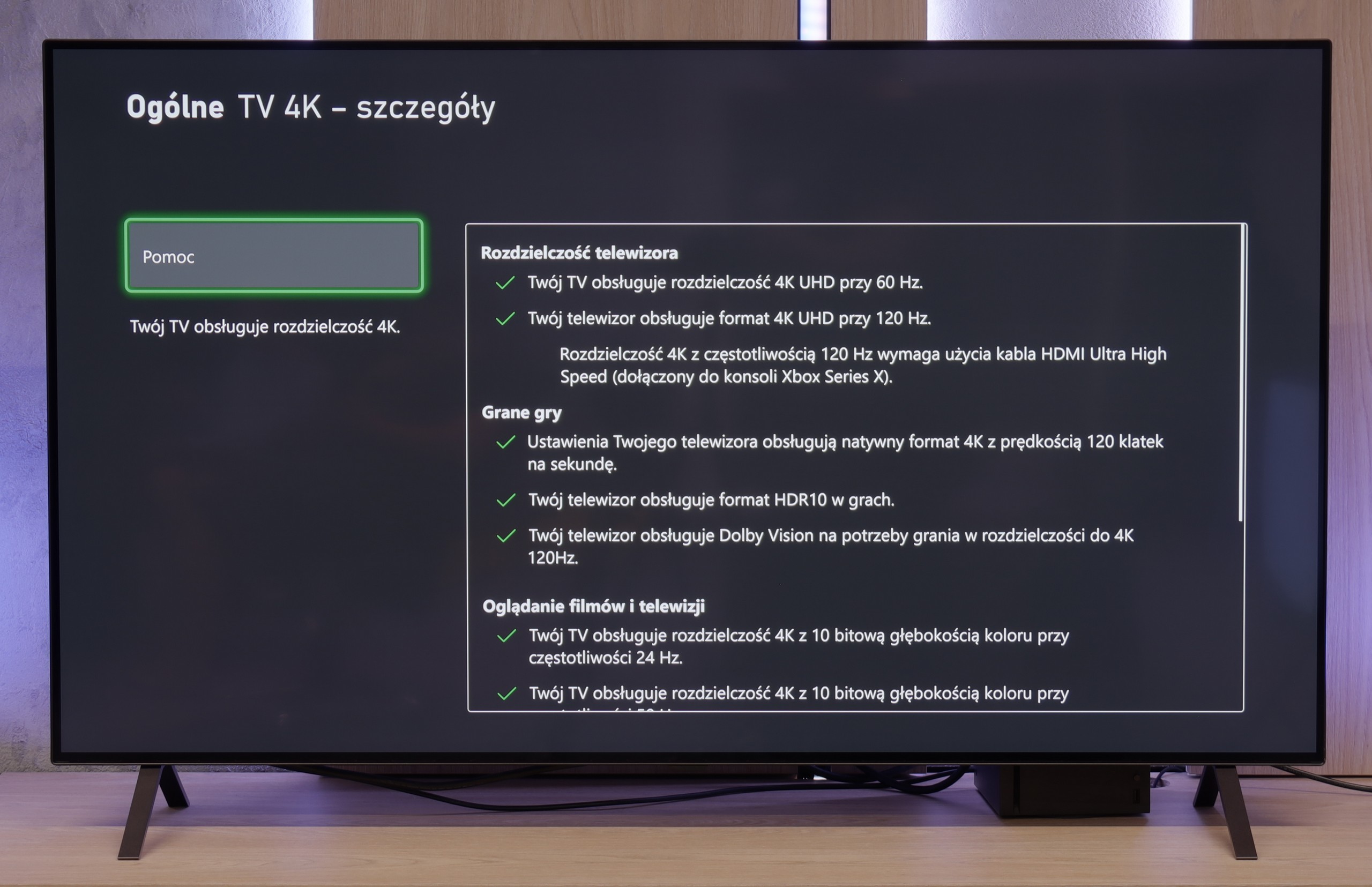

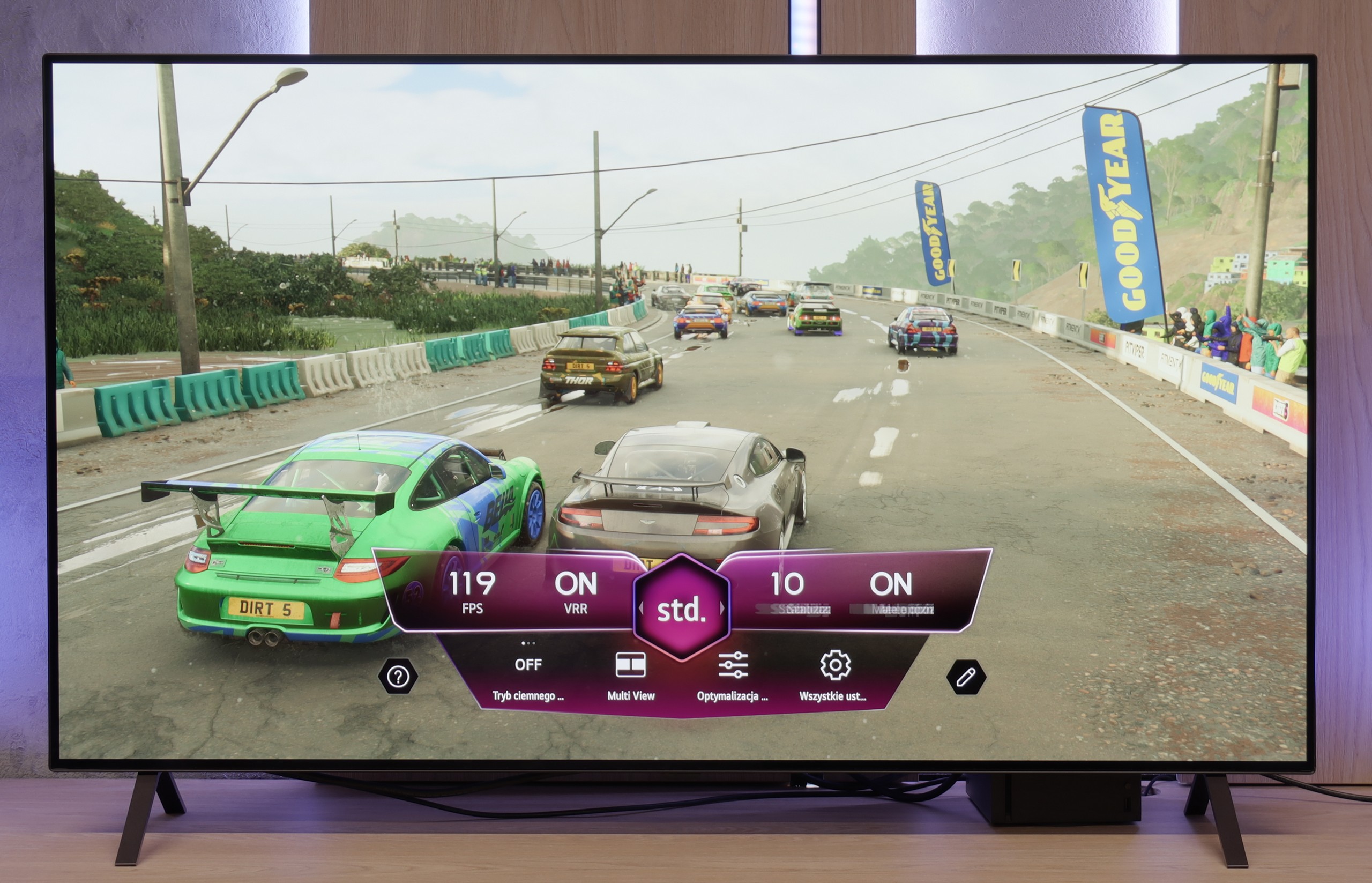

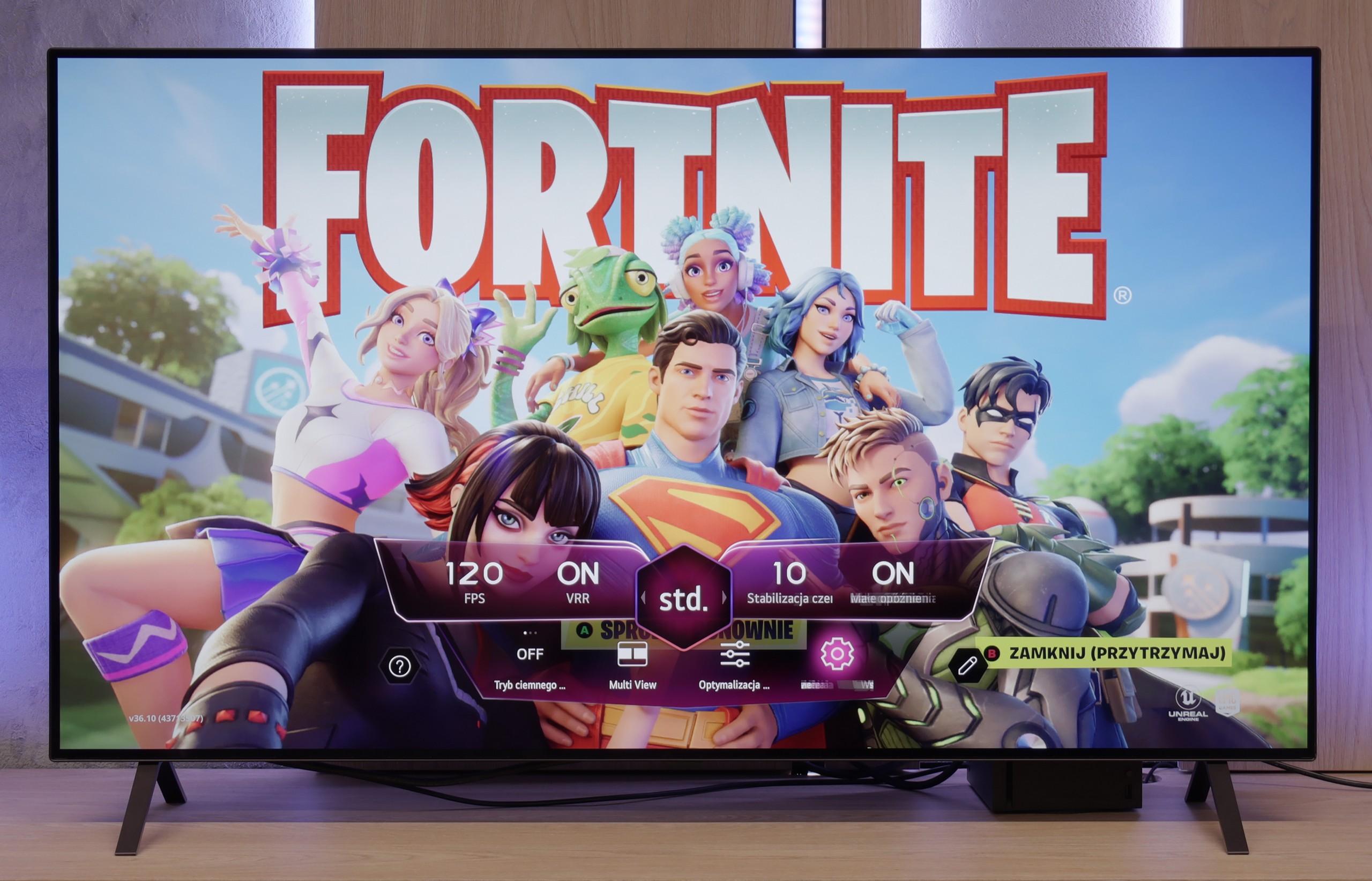

There are already a few televisions on the market with the label "for gamers" that don’t really understand what that means. The LG B5 is not one of them. Everything here is right – there are four HDMI 2.1 ports, it has 120 Hz, VRR and ALLM, and it also has a Game Bar that is actually useful, not just looks good in the promotional folder. You connect your console – it works. You set 4K at 120 Hz – it works. You have an Xbox and want to play in Dolby Vision – it works too. And not in the sense of "it theoretically supports it," but rather it really turns on, looks good, and you don’t have to fiddle with the settings for half an hour. On top of that, there’s the HGiG picture mode, which LG has implemented correctly – meaning that HDR in games doesn’t turn the screen into a flashlight but shows exactly what it should. There are no surprises here, no strange limitations, no "buts." And you know what? That’s how it should be. Kudos to the LG B5!
In the Bravia 5, there is significant progress compared to the X90L model from two years ago. The television offers literally everything that its predecessor had, but this time the issues that could irritate gamers have been fixed. The problems with setting up variable refresh rate (VRR) have disappeared, and there are no longer any issues with configuring HDR content in HGiG mode. In short: we get a device that simply works as it should without any fuss. The Bravia 5 thus has everything one could expect from a modern gaming television – and it could be advertised with the slogan "ready for PS5" without exaggeration. This is a statement we couldn't make about the X90L model. Hats off, Sony!
It's just a shame that in such a relatively high-priced model, a complete set of four HDMI 2.1 ports is missing. In everyday use, this won't be a problem for most people, but if someone has a console, soundbar, and additional equipment connected via HDMI, at some point there will be a need to either choose or juggle cables.
Input lag
9.9/10
9.9/10
SDR
HDR
Dolby Vision
Here, we won't elaborate – the LG B5 simply has fantastic input lag. For 60 Hz content, it scores below 10 ms, and for 120 Hz, it even drops to around 5 ms. These are values that you can't honestly complain about. It just works instantly, without delays, without surprises. Well… almost. Because as usual, there's a small asterisk with the Dolby Vision Gaming mode. In this mode, the response time slightly increases. It's nothing dramatic – these are still very low values, rather imperceptible while gaming – but if you're playing exclusively tournament titles and fighting for every millisecond on the XBOX, it's worth keeping in mind.
When it comes to input lag, the Bravia 5 deserves a round of applause. Results around 7 ms at 120 Hz content are simply outstanding – it's hard to imagine a player complaining about such responsiveness. Even at 60 Hz, where the delay increases to around 15 ms, we're still talking about values that absolutely do not spoil the fun and can't be felt in practice. Moreover, Sony has finally tamed the Dolby Vision mode. In the X90L, it was practically unplayable – delays rose to levels as high as 150 ms. Meanwhile, in the Bravia 5, input lag remains at the same low level as with other content. This is a huge improvement and further proof that this TV can truly be called "gamer-friendly."
Compatibility with PC
7.6/10
8/10
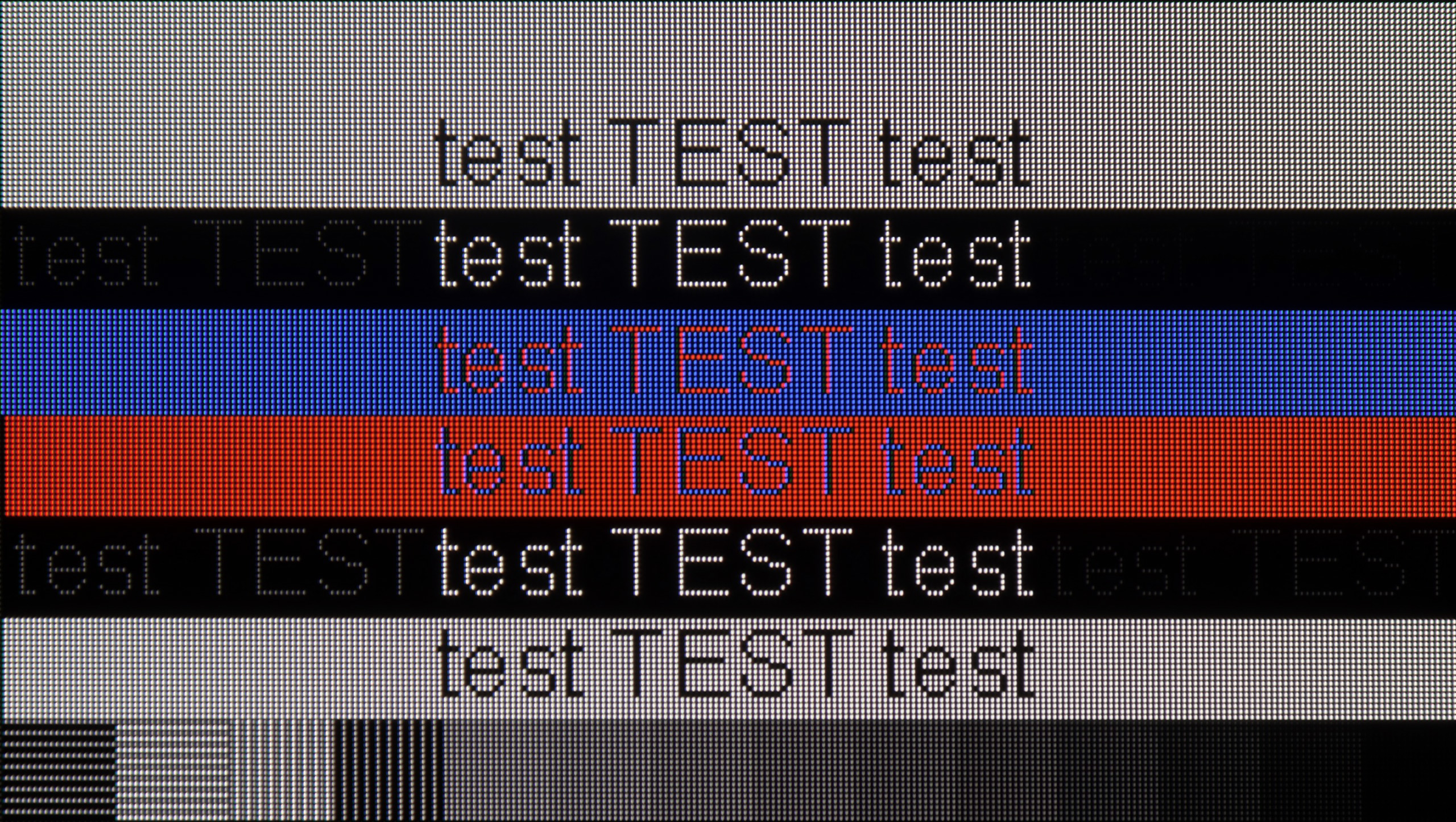

LG B5 is a TV that works great with a computer. You won't find gaming features like 144 or 165 Hz here, but is that really necessary for anyone? With a 120 Hz panel, low input lag, and G-Sync support, it’s truly a very good screen for gaming on PC. No stuttering, no tearing, with lightning-fast response.
But it’s not just for gaming. You can also quite comfortably... simply work on the B5. The TV correctly supports chroma 4:4:4, so fonts are readable, interfaces are clear, and your eyes won’t hurt from blurred letters. This is not obvious, even among more expensive models. However, there is one “but” – and this applies not only to the B5 but to every OLED with a WOLED panel. The RWGB subpixel layout can cause a slight shadow at the edges of fonts. This is not something that stands out from the couch. It’s more likely to be noticed by someone sitting with their nose to the screen and spending half the day in Excel.
In this category, the Bravia 5 deserves an exemplary rating. The ideal clarity of fonts thanks to 4:4:4 chroma support makes working with a computer on this television a pure pleasure. Whether we're opening Excel, browsing documents, or simply surfing the web – the text is sharp, clear, and free from that characteristic “haze” that can effectively diminish the joy of use in many televisions. The letters look just as they should: clear, sharp, and readable even up close.
We also have good news for PC gamers. The Bravia 5 has no problems handling 120 Hz; it works with both Nvidia and AMD cards, supporting G-Sync and FreeSync Premium Pro technologies. The result is that the image is not only smooth but also free from tearing or micro-stutters that can spoil the experience even in the best-optimized games. So you can confidently connect a powerful computer and enjoy gaming on a large screen – without compromises, without frustration, and with full comfort. The only thing we can nitpick about is the lack of additional modes for gamers with higher refresh rates.
Viewing angles
7.4/10
3.2/10
In terms of viewing angles, the LG B5 performs very well – exactly as one would expect from a WOLED panel. No matter from which side you sit, the image retains its quality. The colors do not fade, the contrast does not drop significantly, and the details remain clearly visible. However, it must be honestly added that this is not the level of Samsung Display's QD-OLEDs. They manage to hold color saturation even better at extreme angles. But if you do not plan to watch movies sitting at a 90-degree angle – the B5 is more than sufficient. It’s one of those TVs that simply looks good from every side.
Bravia 5 uses a classic VA panel, which means one thing – viewing angles are not its strongest point. For owners of smaller sizes, this will not be a problem, as sitting directly in front, the picture looks great. However, with larger sizes, especially 85 inches, the situation becomes less comfortable. It’s enough to sit slightly off-center on the sofa to notice small imperfections: the image starts to lose saturation, contrast weakens, and blacks take on unwanted grays. It’s a pity that Sony did not decide to use additional coatings that can bring the capabilities of VA panels closer to those of IPS panels. Such solutions exist, and some competitors use them. Here they are missing, so one must consider that Bravia 5 best showcases its strengths when viewed directly.
TV efficiency during daytime
4.9/10
6.9/10
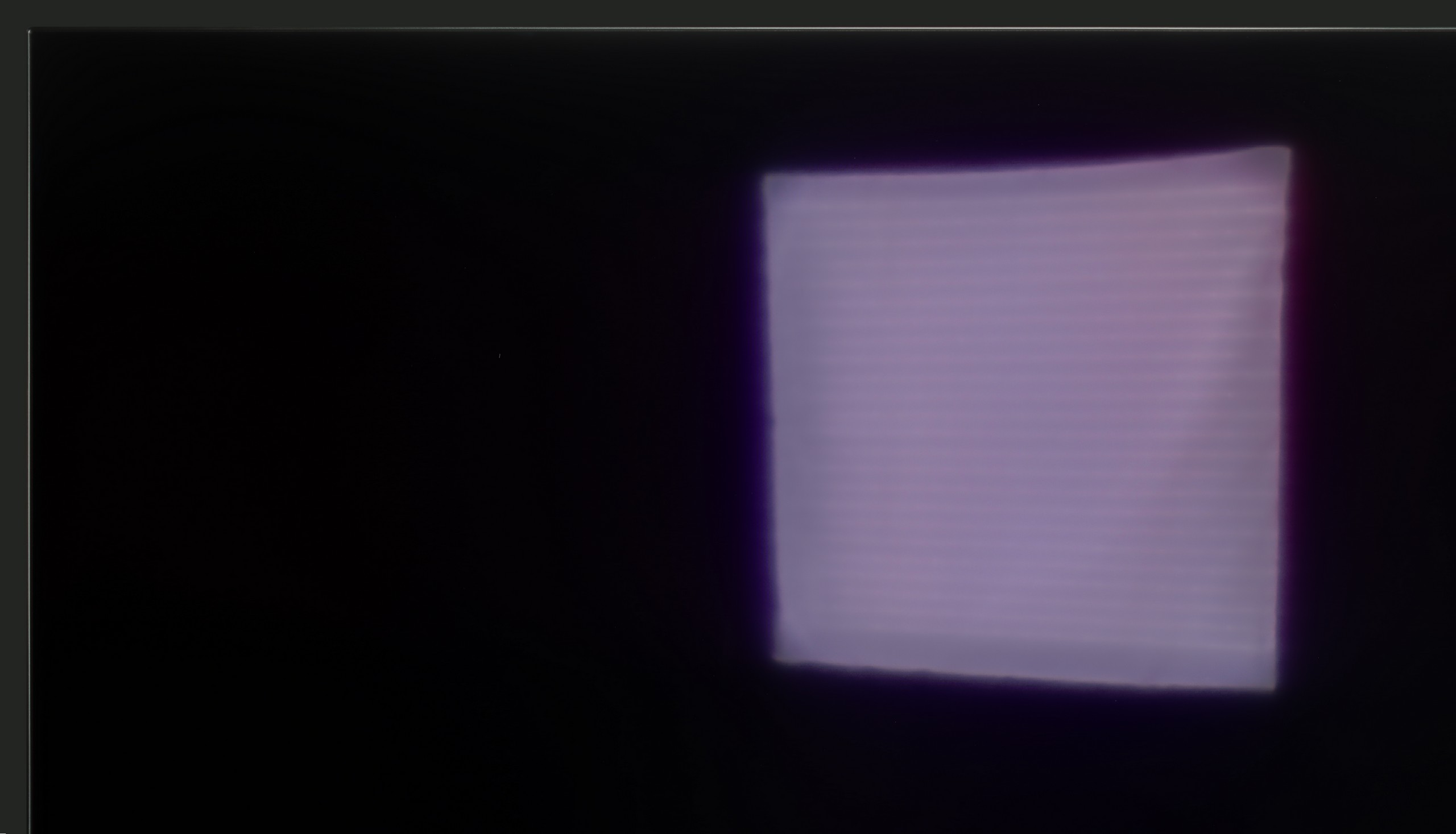

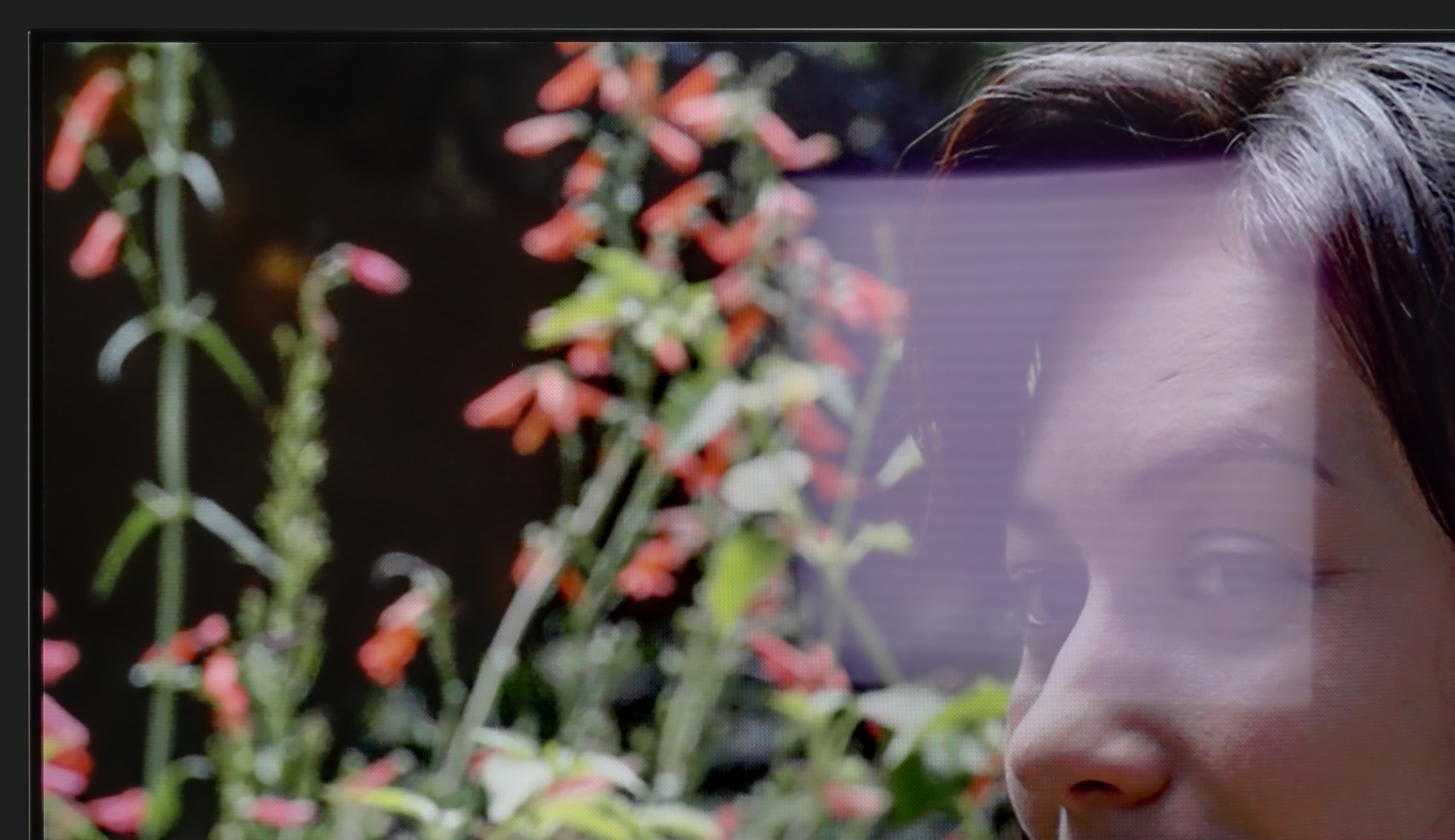

Matrix brightness
Average luminance SDR
Sony BRAVIA 5 (XR5) : 641 cd/m2
LG OLED B5: 279 cd/m2
LG B5 is a television that performs best after dark. But when sunlight comes in, it becomes a challenge. The brightness of this model is rather average, and the anti-glare layer... is also average. There are no special coatings that deal with reflections or very bright daylight. So if you plan to place this television opposite a large, uncovered window – it might just be hard to see anything.
Fortunately, there is something worth praising: the glossy WOLED panel maintains color saturation well. Even in difficult conditions, the image doesn’t fade or become "washed out," as can happen with some television models. Generally, it is watchable, but if you are looking for a television specifically "for a bright living room," then the B5 shouldn't be your first choice.
Bravia 5 is a device that performs really well in challenging lighting conditions. The high brightness ensures that even in the middle of the day, with the blinds wide open and sunlight streaming through the windows, the picture remains clear and sharp. There’s no sensation that we’re watching a “washed-out” screen. The satin coating of the panel also plays a significant role in effectively reducing light reflections. Yes, some reflections do appear, but they are not strong enough to interfere with viewing. They are more like subtle glows that can be noticed when we deliberately look for them, rather than a real problem on a daily basis. This means that the Bravia 5 will perform well not only in the evening in a dimly lit room but also in bright living rooms where other televisions can falter. Therefore, it can be said that it is a “universal light model” – suitable for both evening screenings and for watching news or sports in full sunlight.
Details about the matrix
Subpixel Structure:
Panel uniformity and thermal imaging:
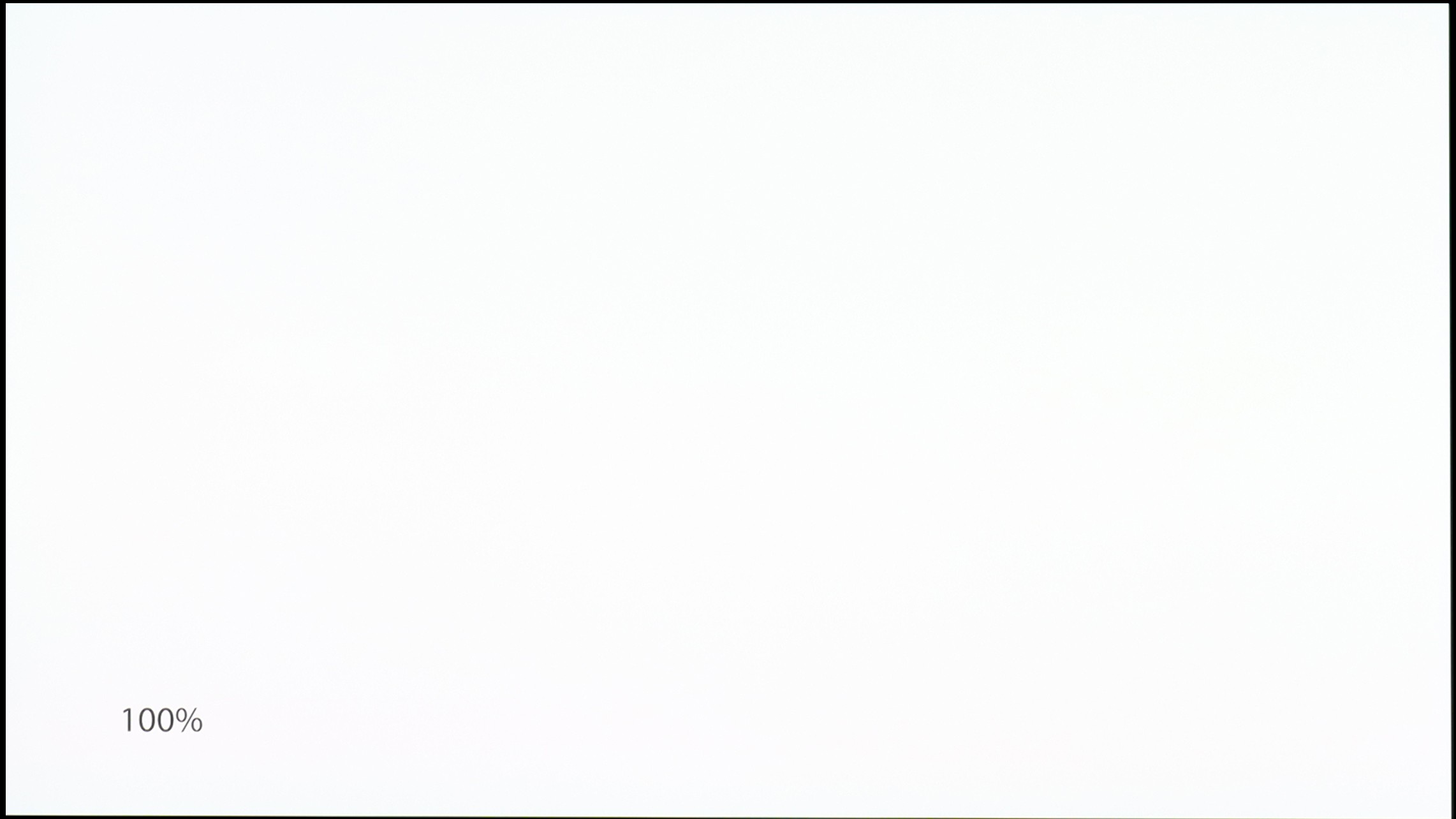

TV features
7.9/10
7.6/10
- HDMI inputs0 x HDMI 2.0, 4 x HDMI 2.1 48Gbps2 x HDMI 2.0, 2 x HDMI 2.1 48Gbps
- OutputsToslink (Optical audio), eARC (HDMI), ARC (HDMI)Toslink (Optical audio), eARC (HDMI), ARC (HDMI)
- Network InterfacesWi-Fi 2.4GHz, Wi-Fi 5GHz, Ethernet (LAN) 100MbpsWi-Fi 2.4GHz, Wi-Fi 5GHz, Ethernet (LAN) 100Mbps
- TV receptionDVB-T, DVB-T2, DVB-S, DVB-S2, DVB-CDVB-T, DVB-T2, DVB-S, DVB-S2, DVB-C
Classic features:
- Recording to USB (terrestrial TV)
- Recording programming
- Picture in Picture (PiP)
- RF remote control (no need to aim at the screen)
- Backlit remote control
- Teletext
- Audio only mode
- Bluetooth headphones support
- Simultaneous Bluetooth headphones & TV audio
Smart features:
- AirPlay
- Screen mirroring (Windows Miracast)
- Voice search
- Voice search in native language
- Ability to connect a keyboard and mouse
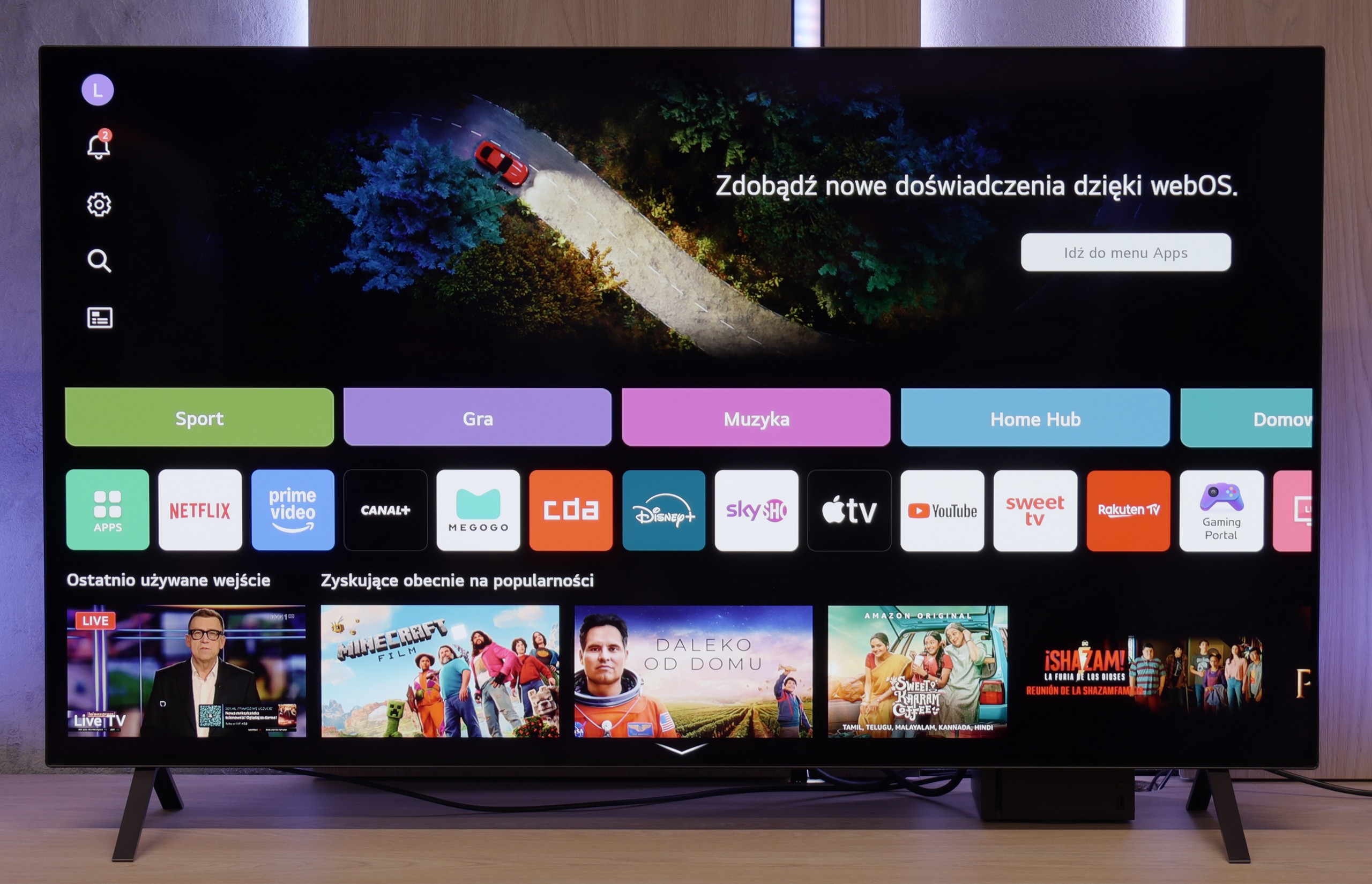
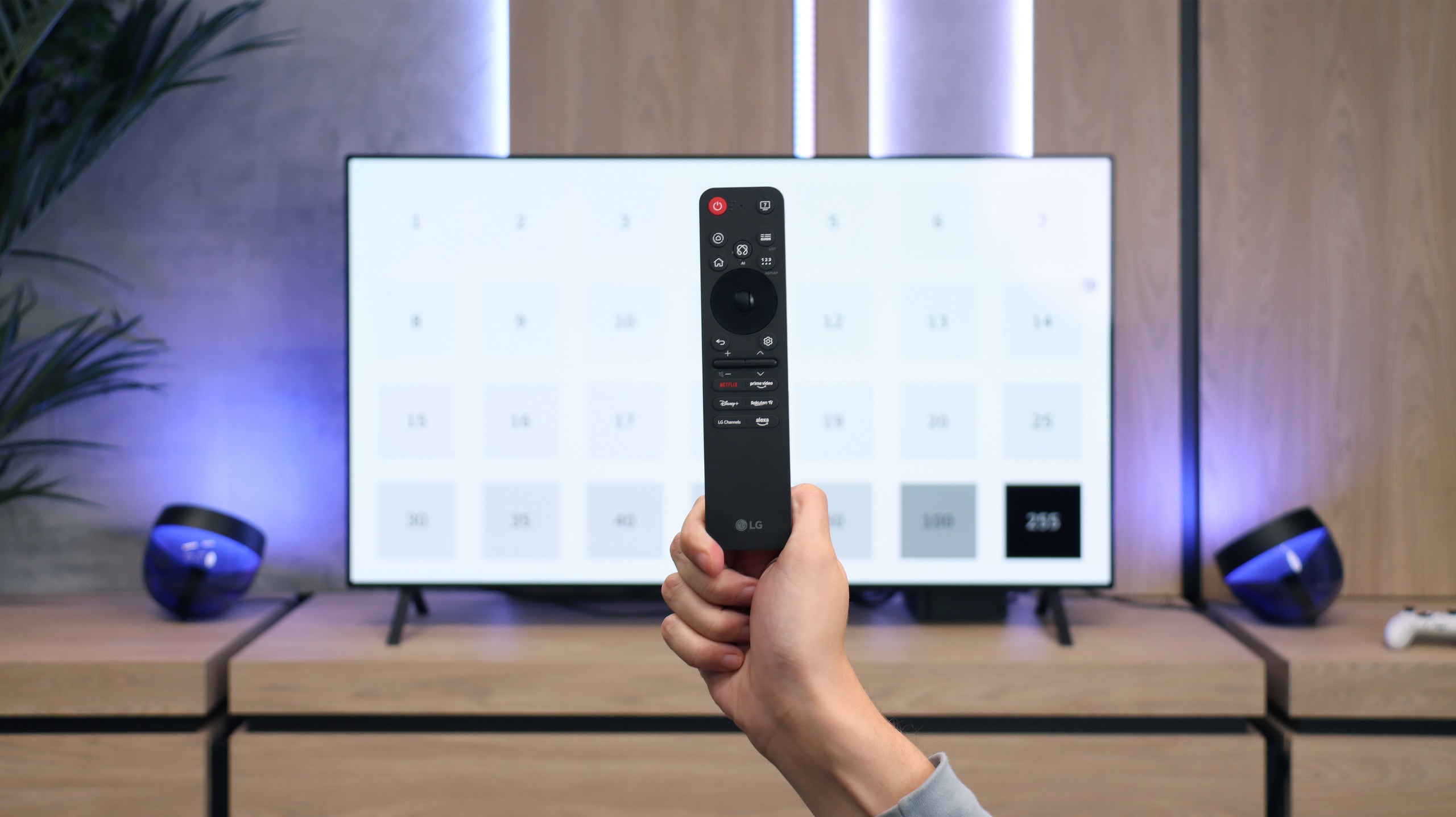
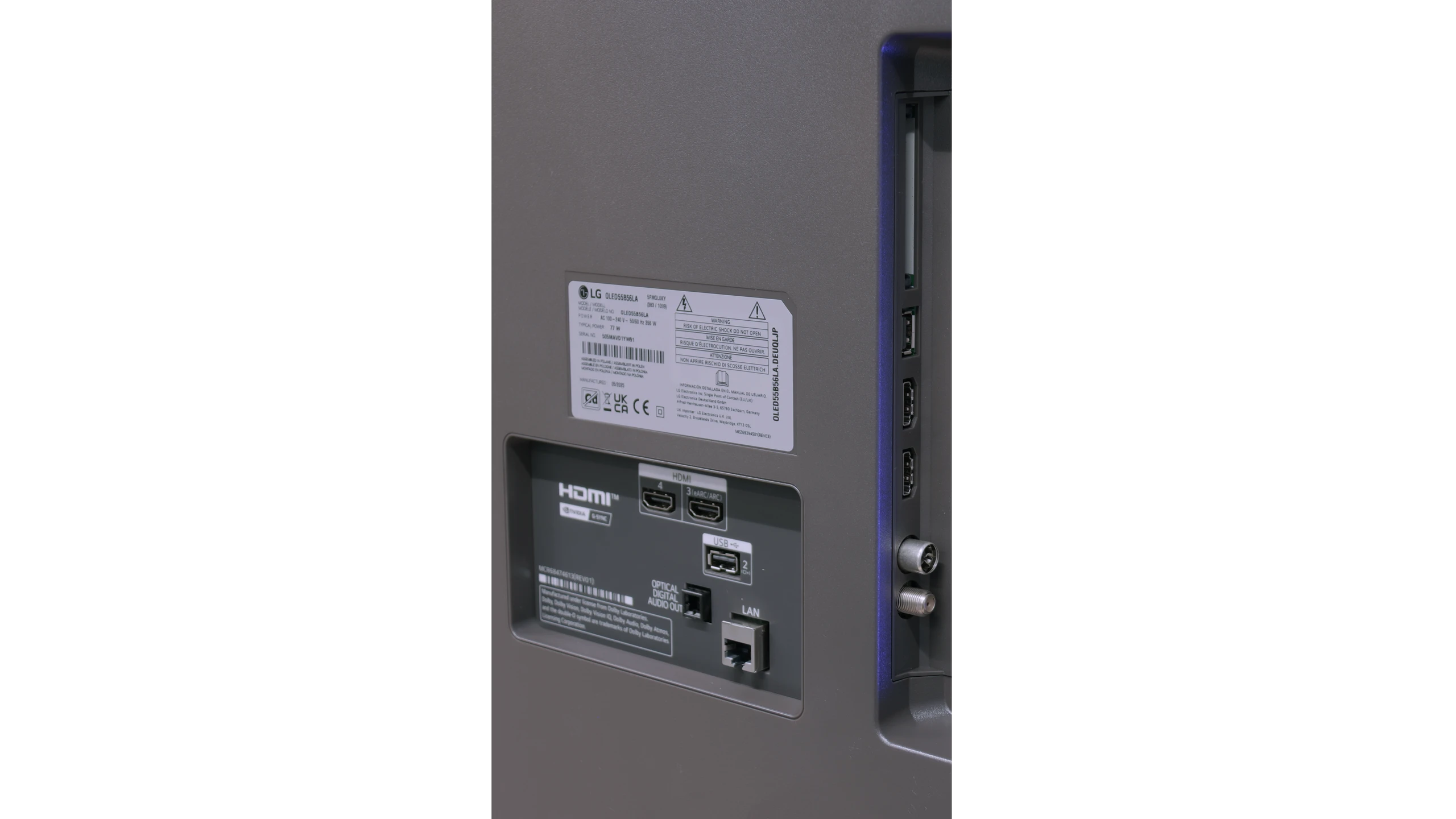




User Features
Although the LG B5 is modern equipment, they haven't forgotten about those who just want to… watch television sometimes. Without apps, without accounts, without logging in anywhere. We have built-in DVB-T2 tuners and the ability to record to USB, with a clear and fast EPG guide. Not enough? There’s even a functioning teletext – a relic for many, perhaps, but everyday life for others. We also appreciate the option to turn off the picture and leave just the sound, which works great for listening to music. And if you want to watch quietly – you can easily pair Bluetooth headphones, without struggling with settings and without delays. Everything works as it should.
SMART TV: webOS
The biggest distinguishing feature of the webOS system – still! – remains the way of control. The Magic remote that comes with the LG B5 (in our version B56 – the one without a numeric keypad) works like a magic wand. We point, click, select. And it just… works. Intuitively, quickly, and without unnecessary left-right arrow clicking. Additionally, there’s an AI voice assistant – quite capable. You can call it directly from the remote and use your voice to search content, change settings, or switch sources. While webOS itself may not be the most "modern" system on the market, and the built-in ads can be annoying, when it comes to user convenience – especially with the Magic remote – it still keeps a step ahead of the competition.
GoogleTV and SmartTV features
Sony Bravia 5 runs on Google TV, and it must be admitted that it is one of the best-optimized systems specifically for this brand. The interface runs smoothly, there are no annoying bugs or strange translations, and navigating the menu does not feel like walking through a minefield. Indeed, there are moments when the system stutters a bit—as if it has its “weaker moments”—but these are so rare that they do not spoil the overall impression. We have full support for AirPlay, voice search with the help of Google AI assistant, and the possibility of downloading virtually any app we can think of. The only downside in testing turned out to be the screen mirroring feature, which theoretically should work with laptops and phones, but in practice proved to be almost useless—on Windows and Android, it was impossible to obtain a stable image.
User features
On the side of classic features, Bravia 5 stands solidly and practically. A big plus is the presence of two remotes—one is a slim, modern smart remote, while the other, although working via infrared, has a traditional numeric keypad. This way, we can always choose which one fits the situation better. The EPG, or electronic program guide, is clear and allows you to program recordings to a USB drive—a seemingly simple solution, but extremely useful. Additionally, the television supports the connection of various devices: from an amplifier or soundbar via HDMI eARC, to headphones and other wireless accessories via Bluetooth. This is a setup that makes the television not just a screen, but a well-thought-out home entertainment center.
Playing files from USB
8.6/10
8.9/10
Supported photo formats:
Maximum photo resolution:
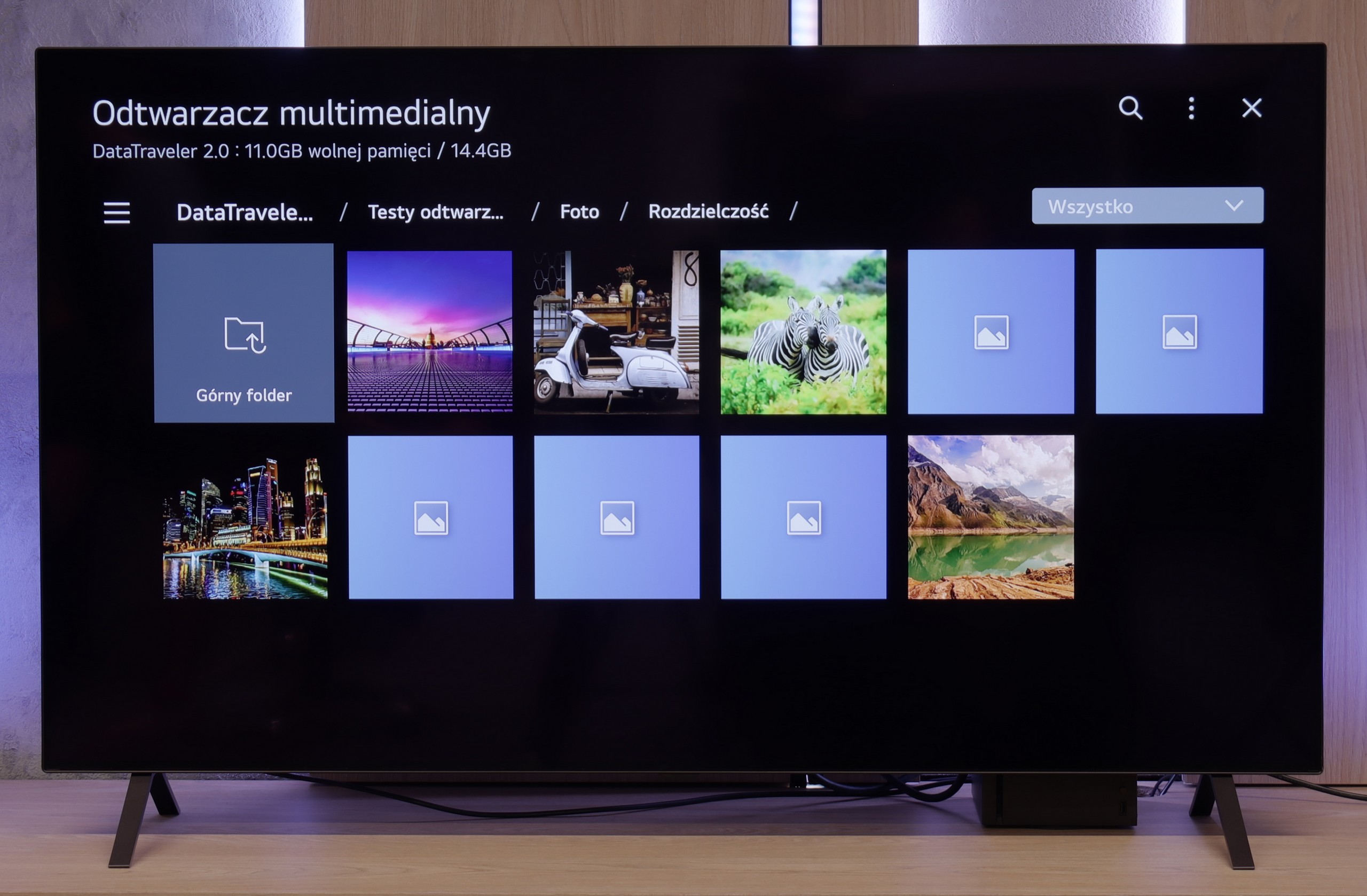

LG B5 handles files from USB as it should. Most popular formats work seamlessly, and subtitles – even with Polish characters – are displayed correctly. You can easily play a movie from a flash drive or do a weekend slideshow of your vacation photos without worrying that something will go wrong. However, there was a surprise with files in HEIC format – that is, photos saved by Apple devices. While LG C5 had no issues with them, the B5 stubbornly refused to cooperate and was unable to display them. A minor glitch that probably won’t affect everyone, but it's worth knowing about.
Bravia 5 handles multimedia playback from USB quite efficiently. In practice, almost everything works – movies, music, photos – although we did encounter some minor issues. Some subtitles can cause problems, as can exotic photo formats, which were not always recognized correctly. However, this is standard in the world of TVs, and it's hard to take offense at it seriously. A significant advantage is the fact that thanks to Android, we are not limited to the system's player. Simply installing an external app, like VLC, eliminates all restrictions. This is the advantage of this system – the manufacturer does not confine us to their ecosystem, but rather gives us the freedom of choice.
Apps
9.1/10
9.6/10














































Sound
7/10
7/10
- Maximum volume-84dB
- Dolby Digital Plus 7.1
- Dolby True HD 7.1
- Dolby Atmos in Dolby Digital Plus (JOC)
- Dolby Atmos in Dolby True HD
- DTS:X in DTS-HD MA
- DTS-HD Master Audio
We didn't expect miracles – after all, the LG B5 doesn't have an advanced audio system, and its built-in speakers look... well, like those in most flat-screen TVs. And yet – it sounds quite pleasant. Dialogs are clear, the sound doesn't boom, and during a quieter viewing experience, we didn't immediately feel the need to connect a soundbar. It's just a pity that this year LG decided to cut something that worked in the previous generation. We're talking, of course, about support for DTS formats, which we won't find in the B5. If you have movies encoded in that standard – you'll need to rely on an external player.
Bravia 5 positively surprises in terms of audio. The sound is pleasant, with a slightly noticeable bass thanks to the proprietary Bass Reflex speakers. The overall output is loud, clear, and decidedly above average for a television – 40 W of power in a 2.2 configuration is an impressive result in this class. The placement of the speakers on the sides of the housing also plays a significant role here, allowing the sound to spread across the room and providing a sense of space. However, one shouldn't get carried away with optimism. It is still not at the level of even the simplest soundbar. The Bravia 5 performs excellently in everyday use, but for those who enjoy powerful sound and a cinematic effect, additional audio equipment will be a must – just like with nine out of ten televisions available on the market today.
Acoustic Measurements
No acoustic data
84dBC (Max)
75dBC


